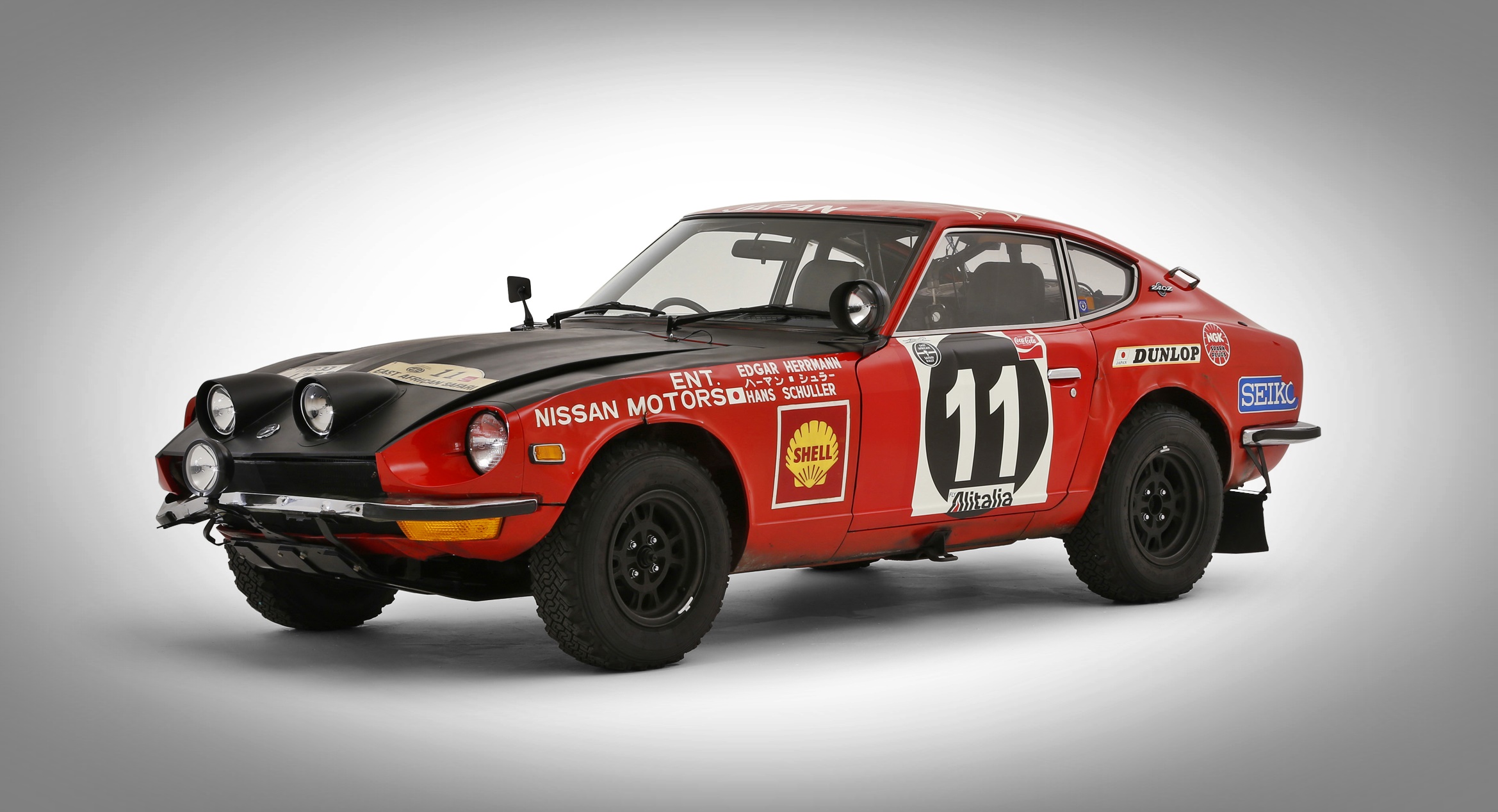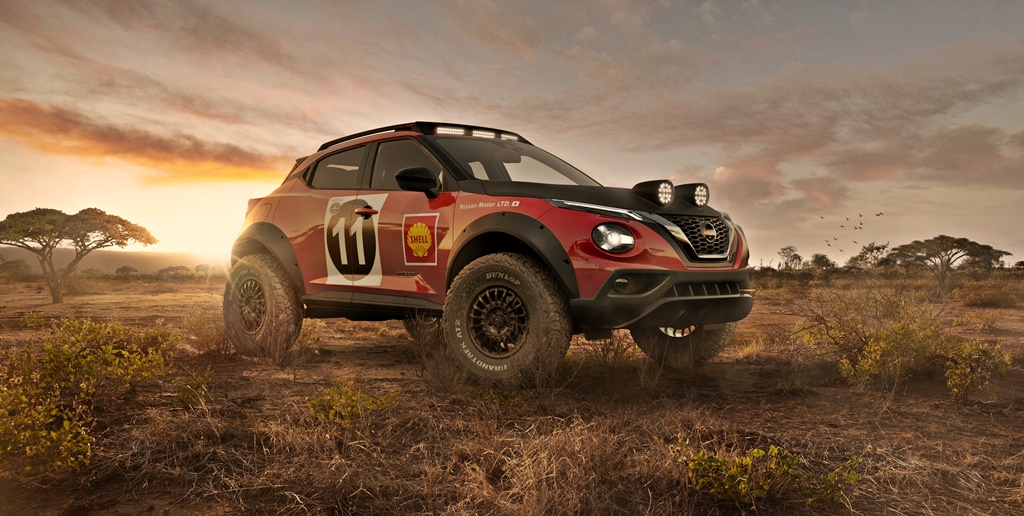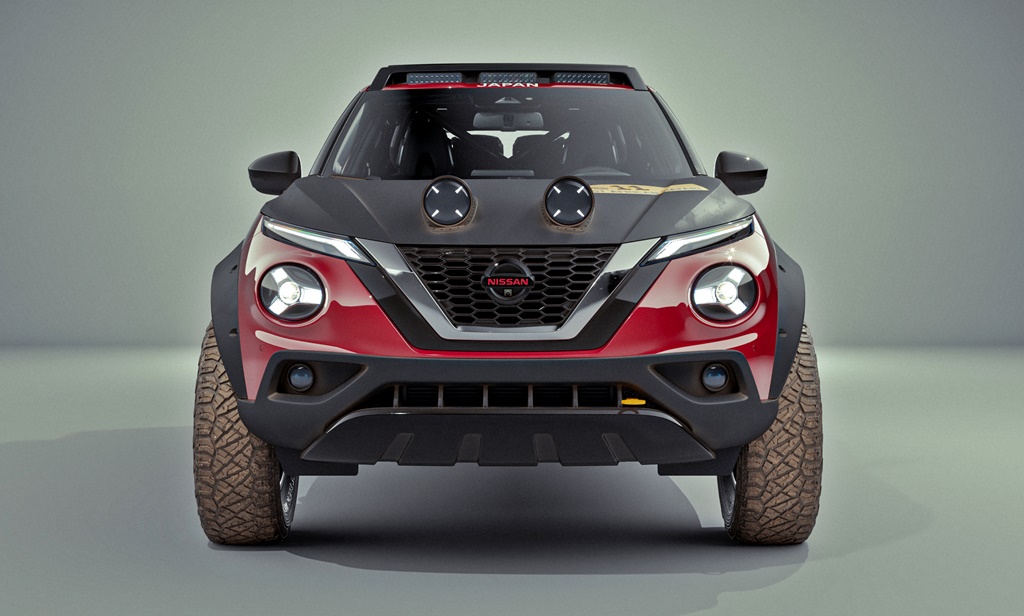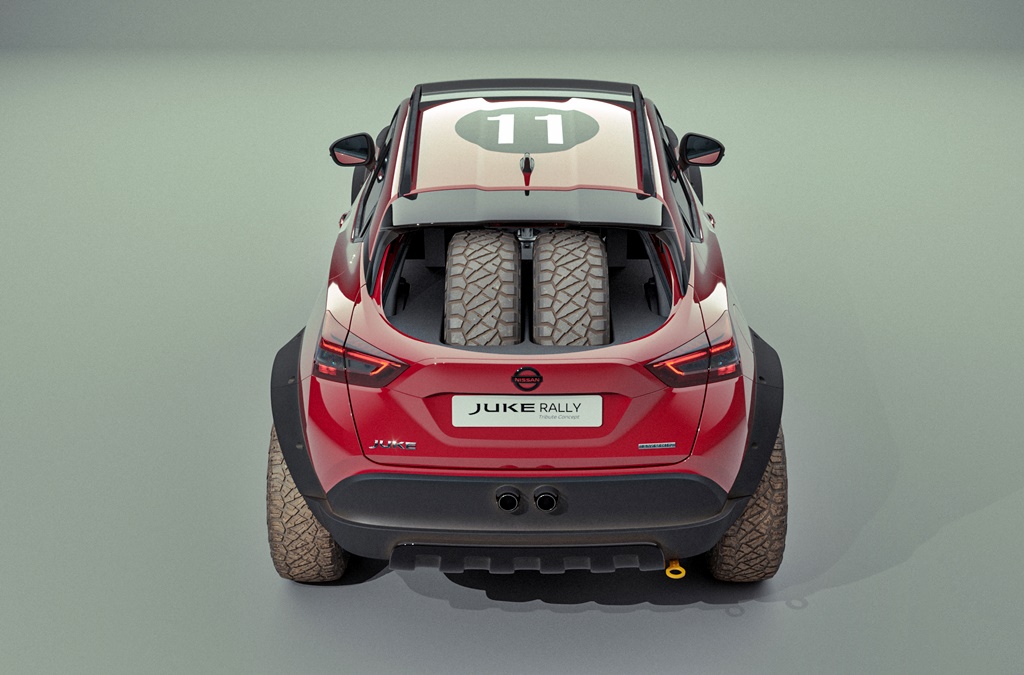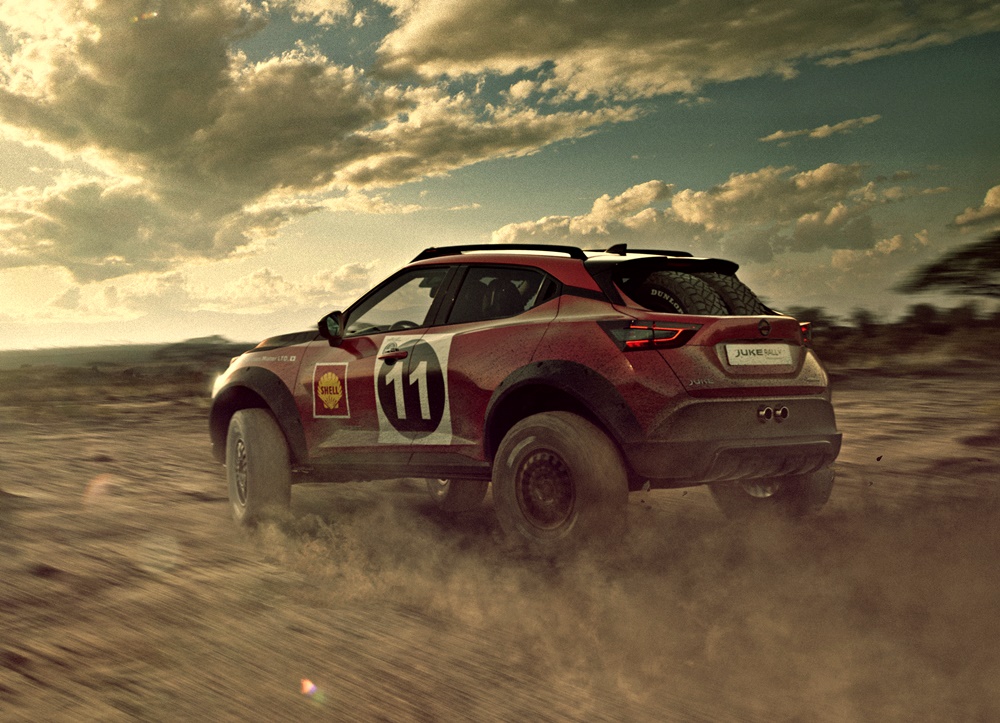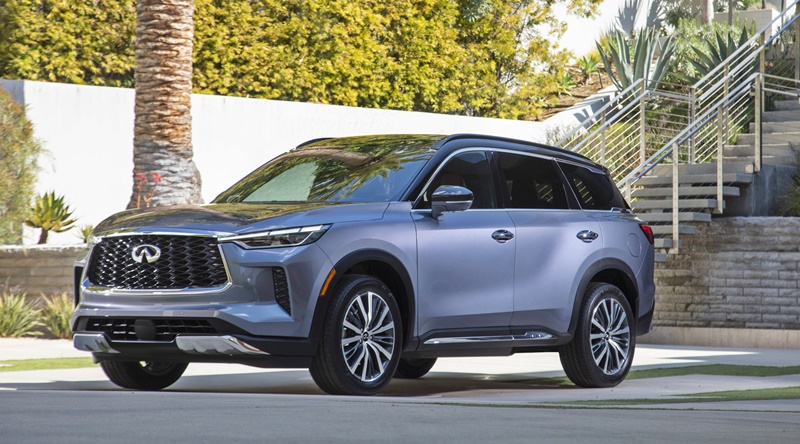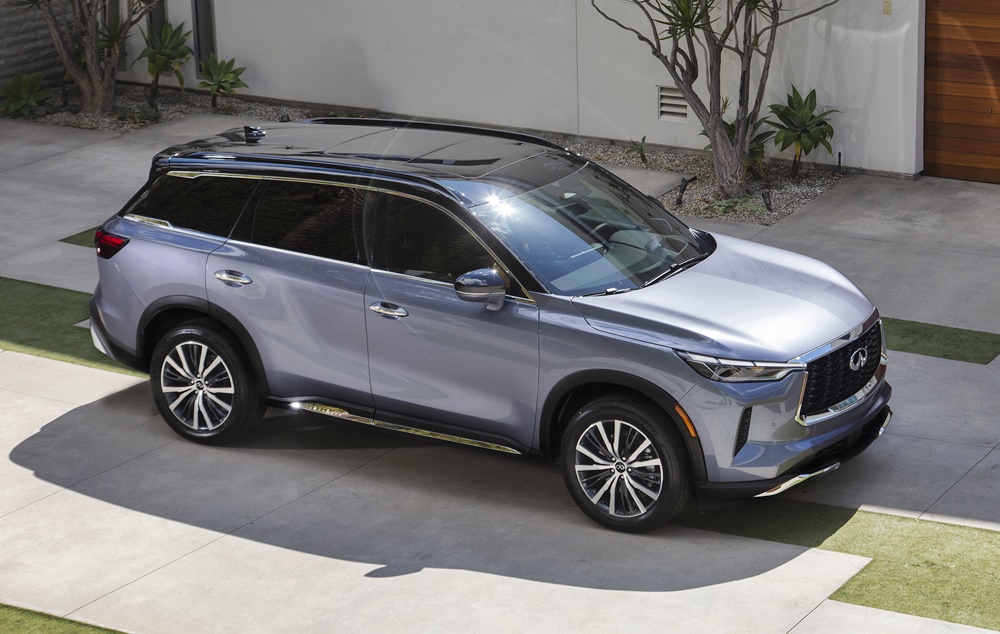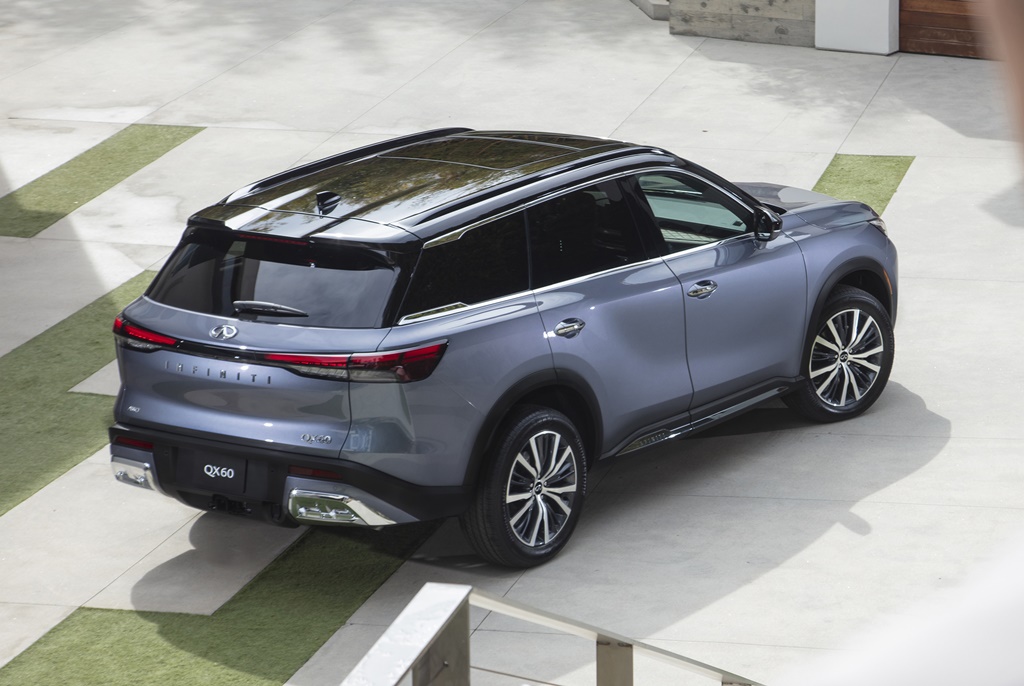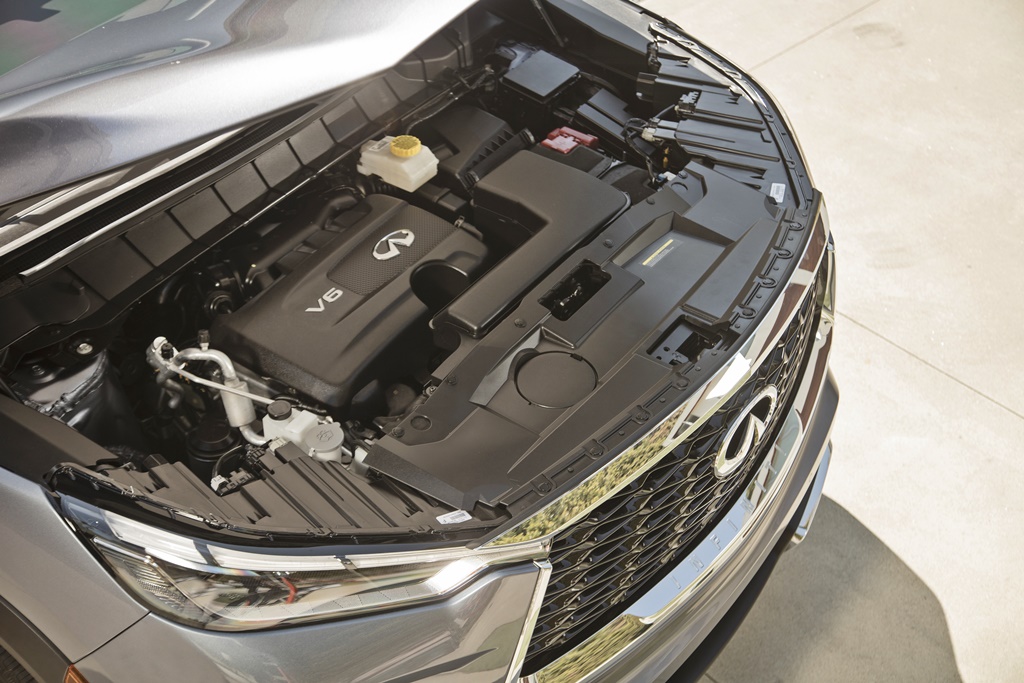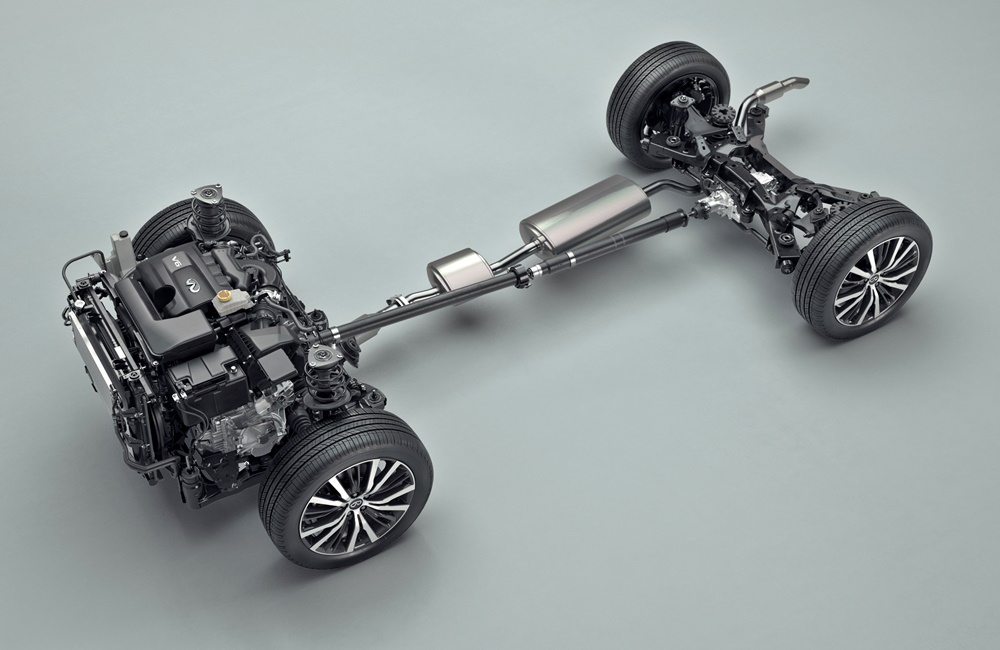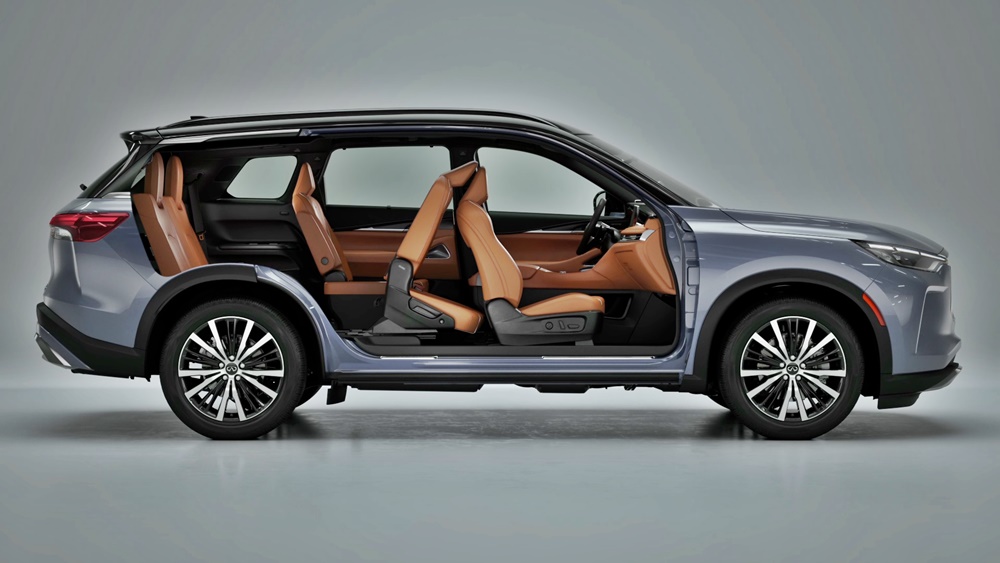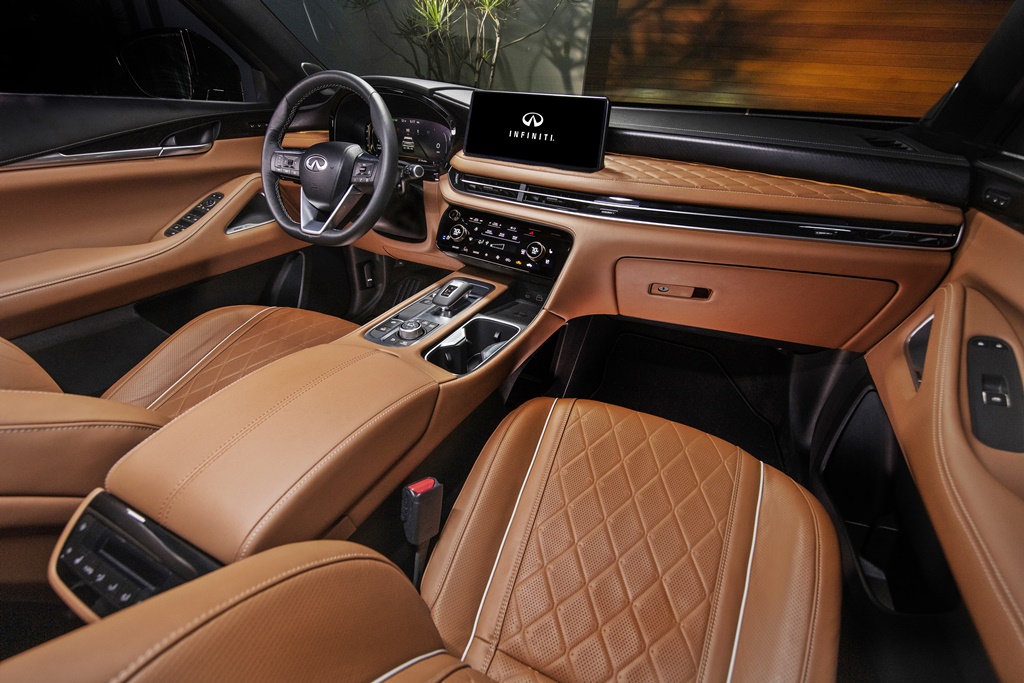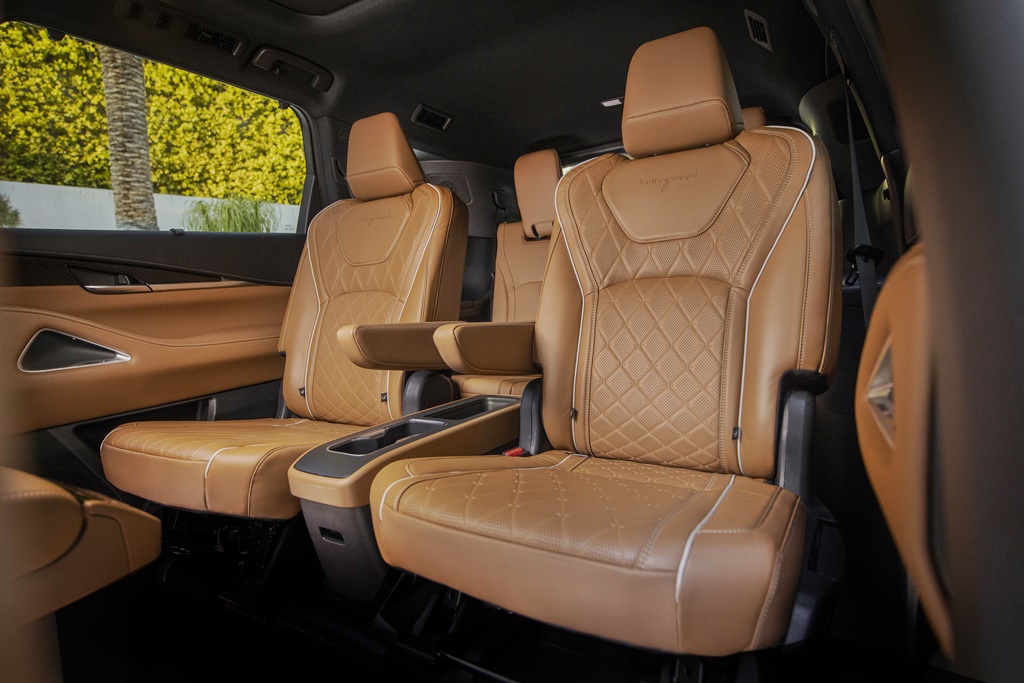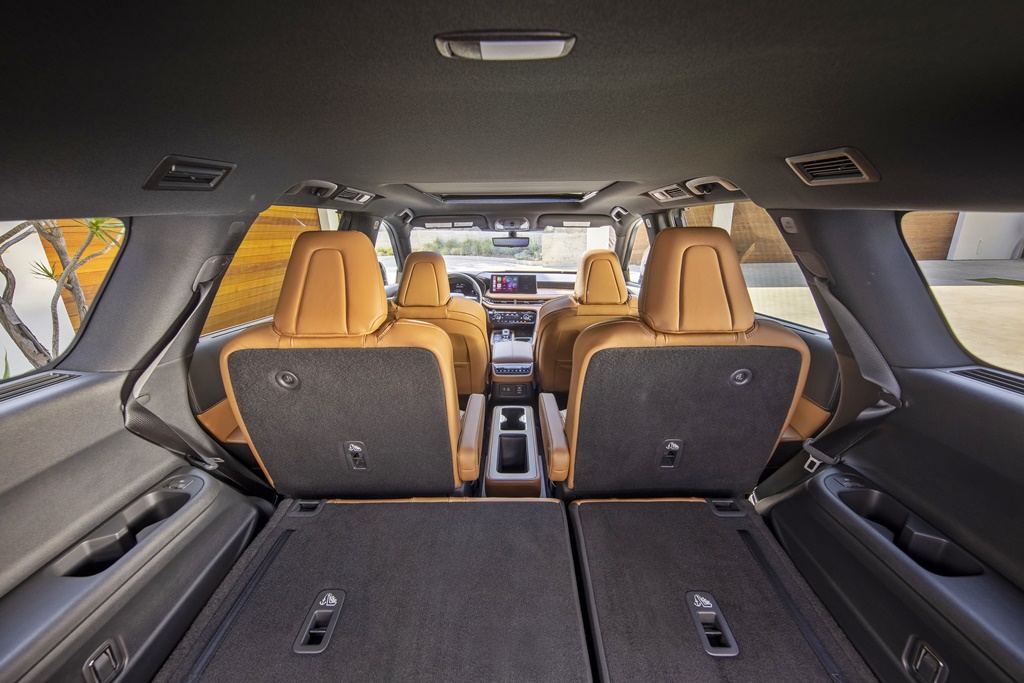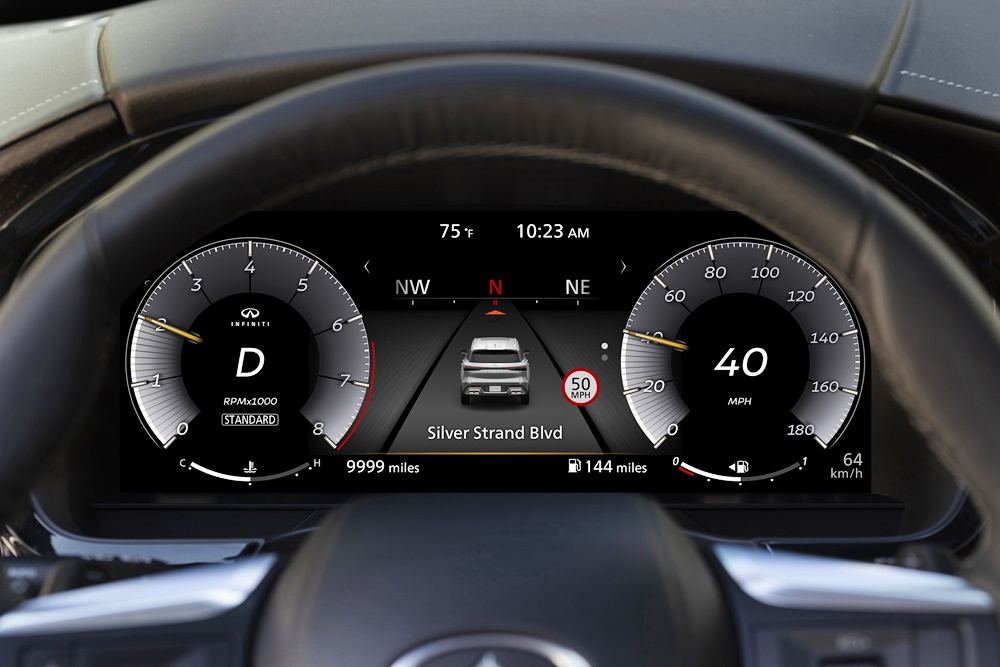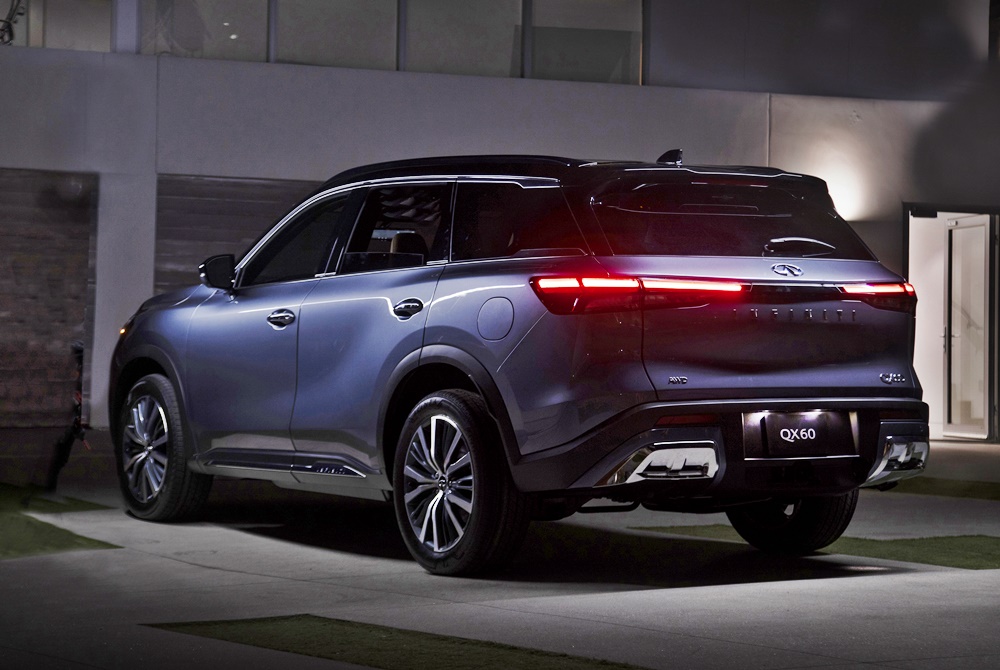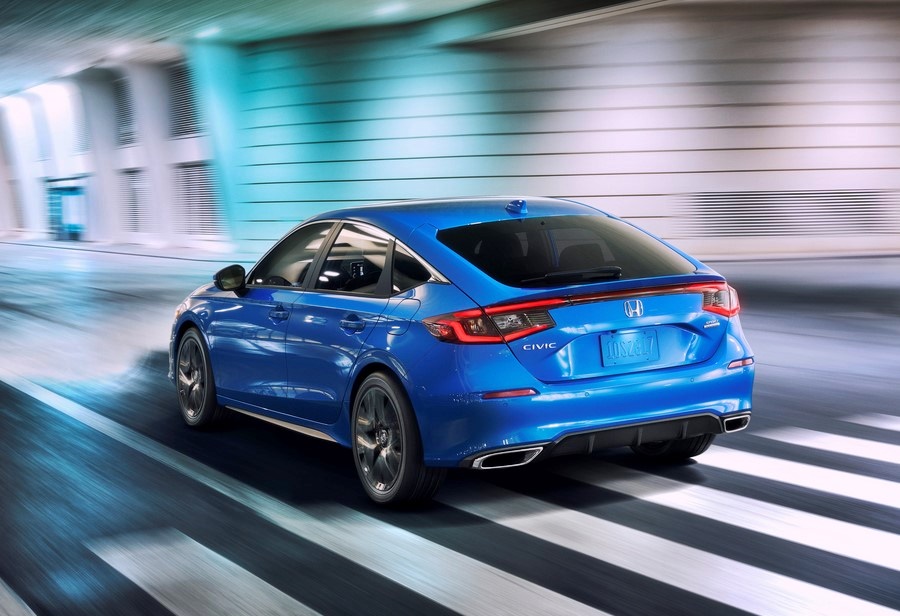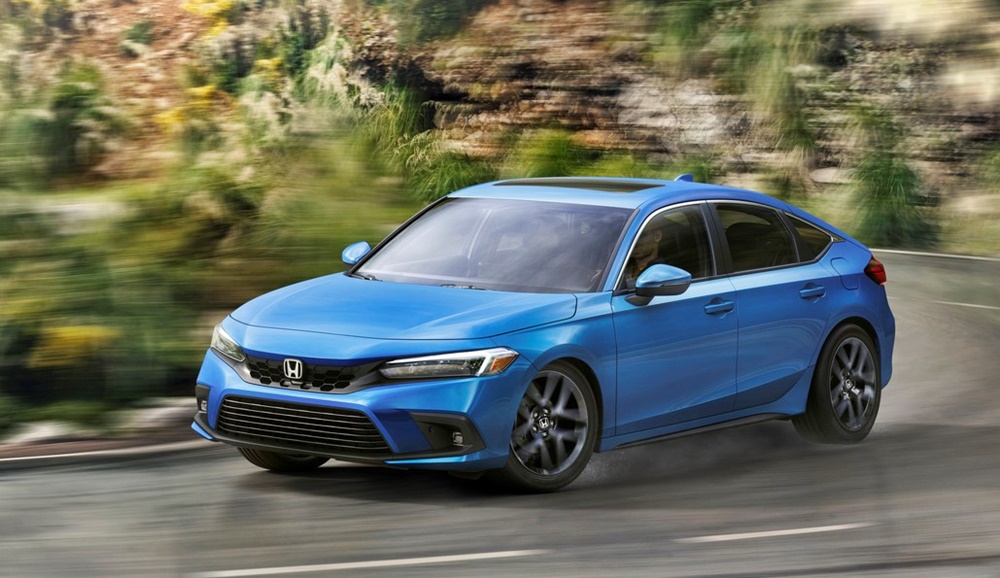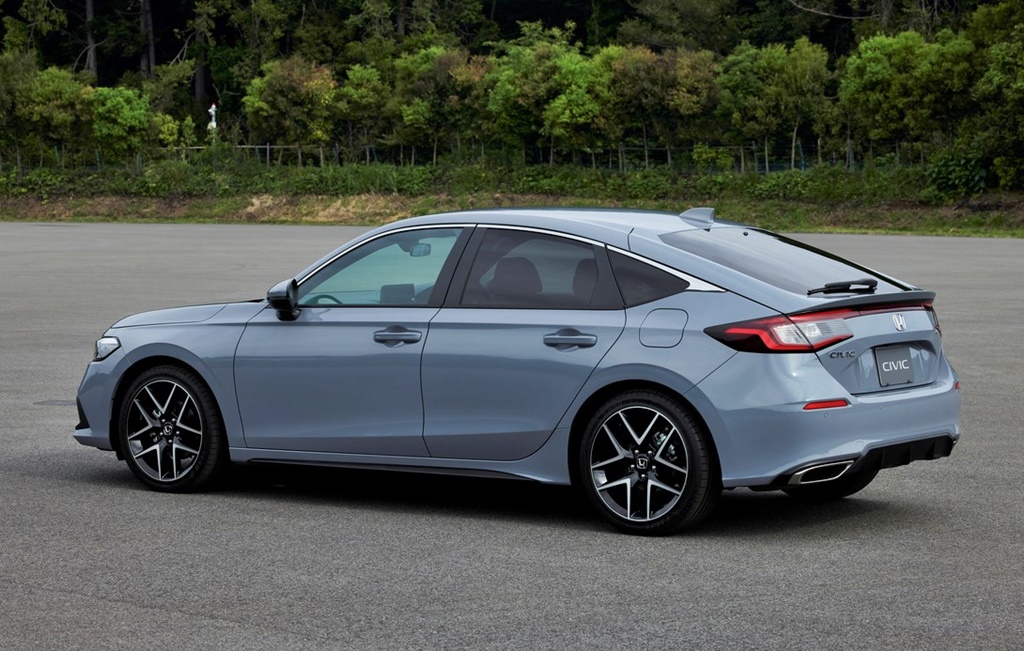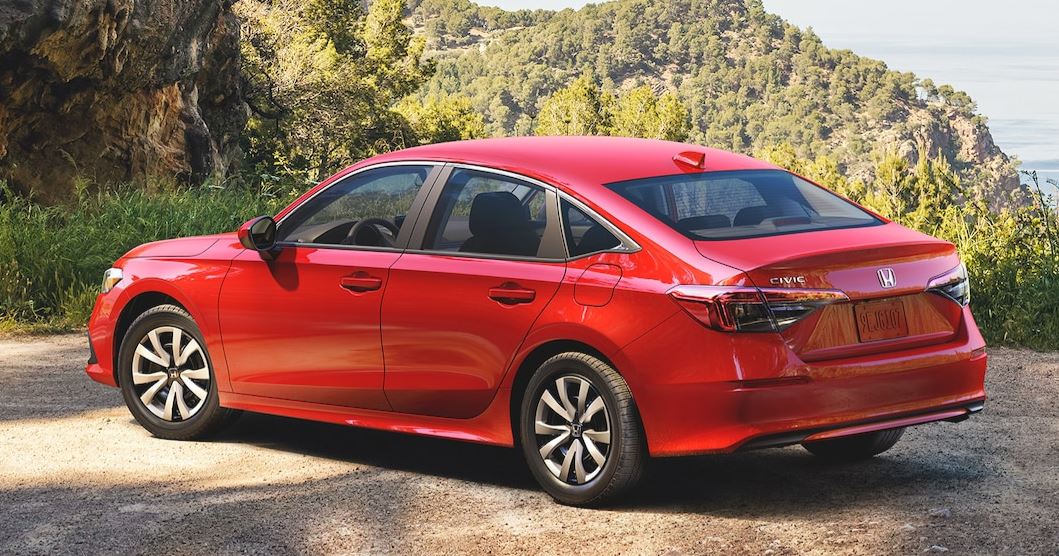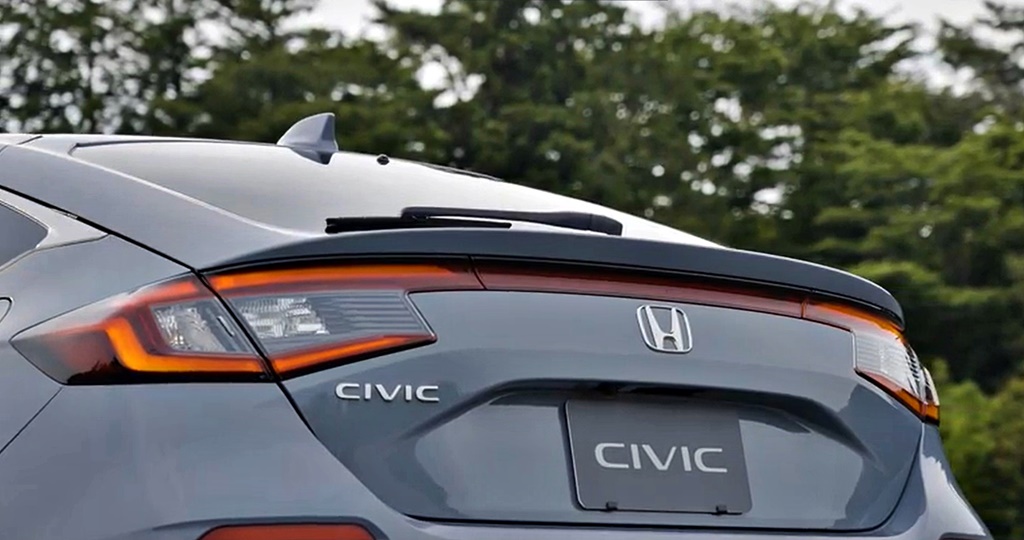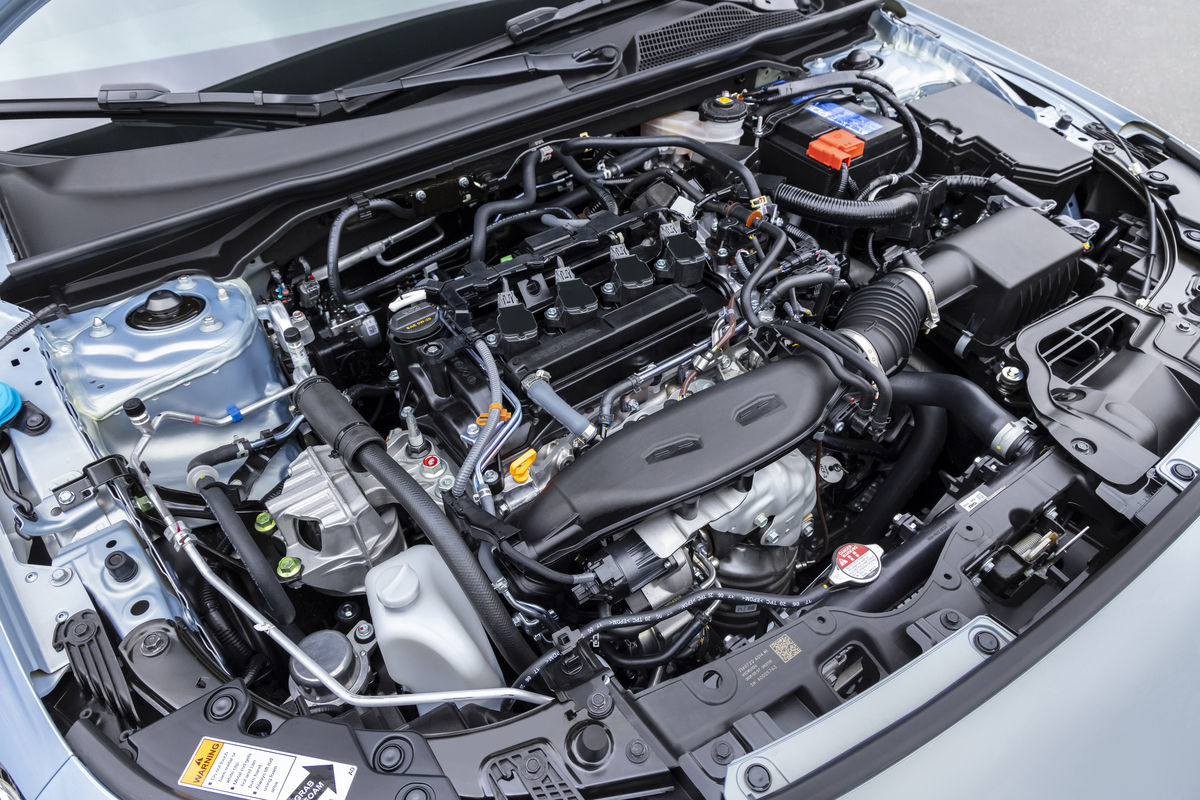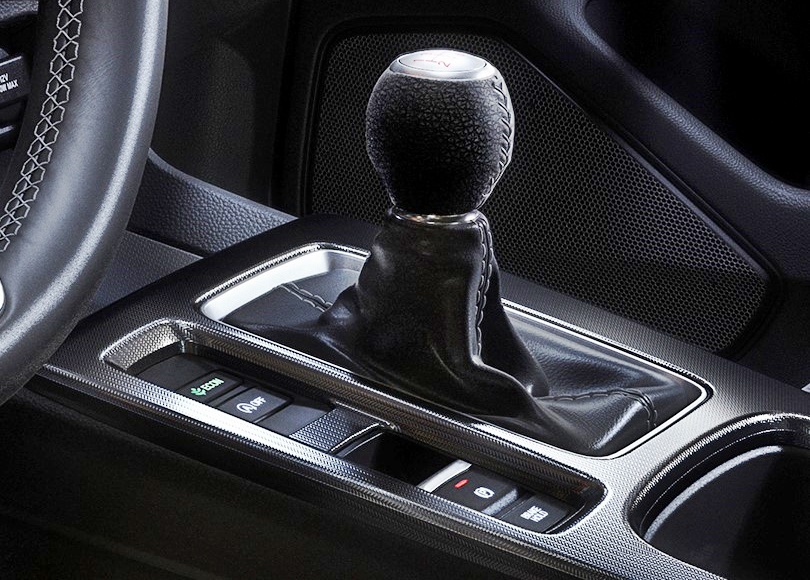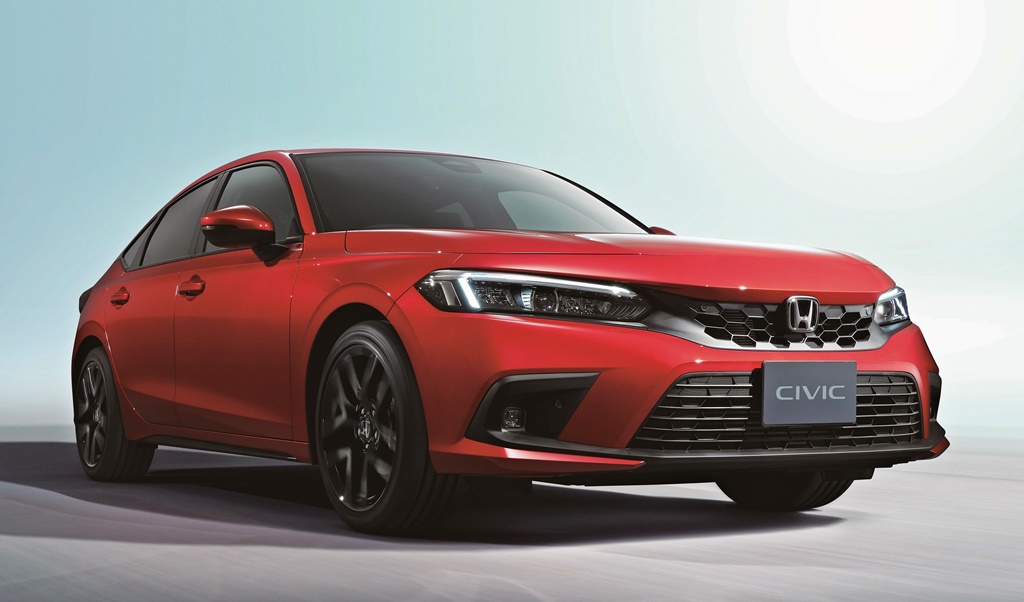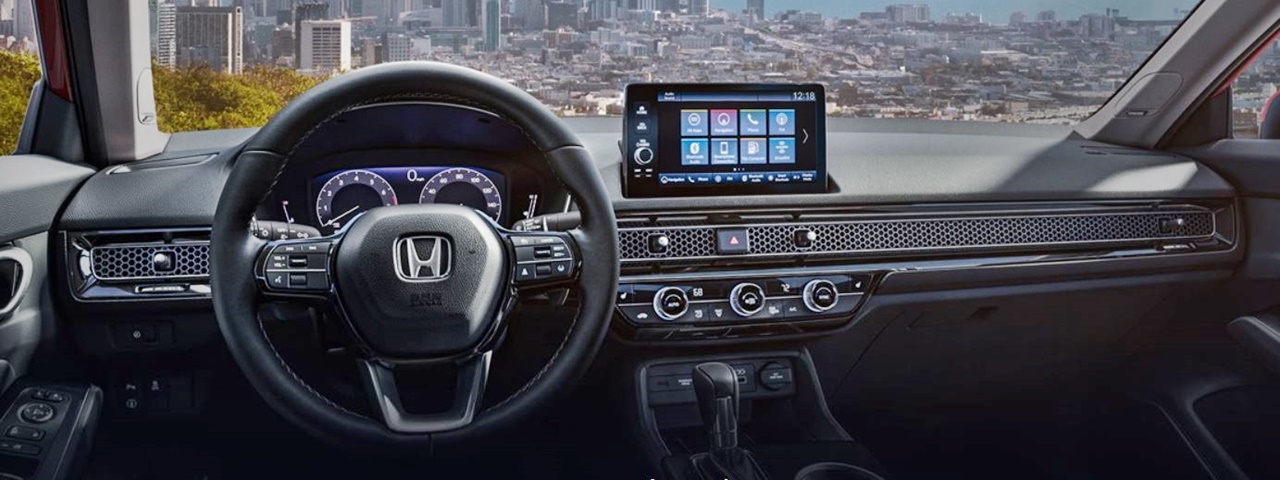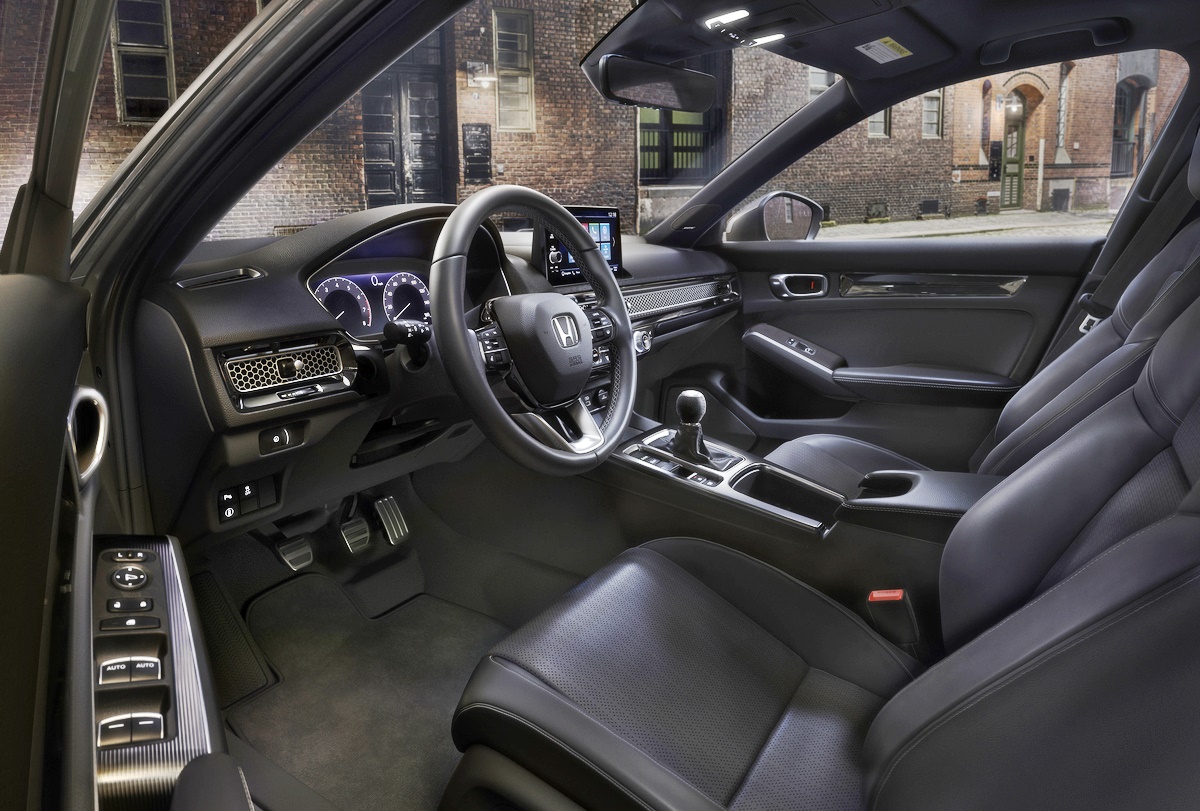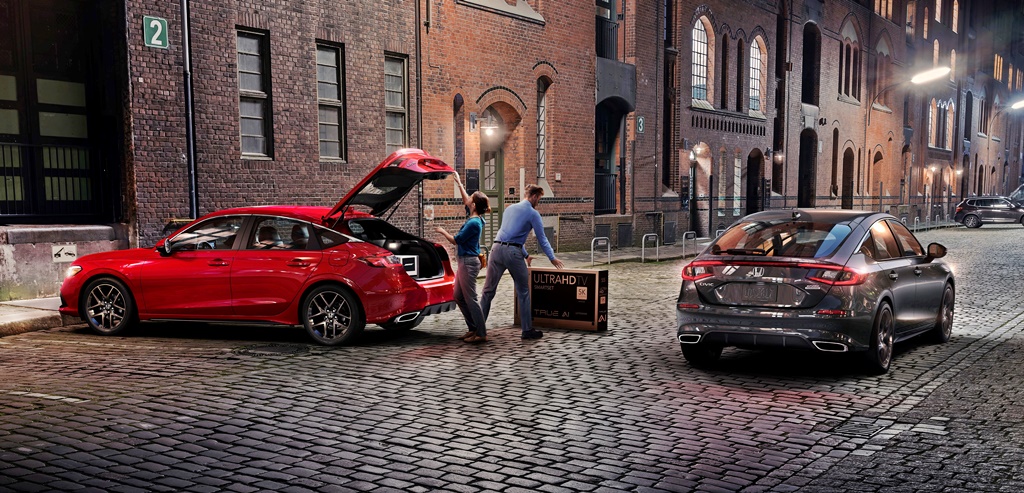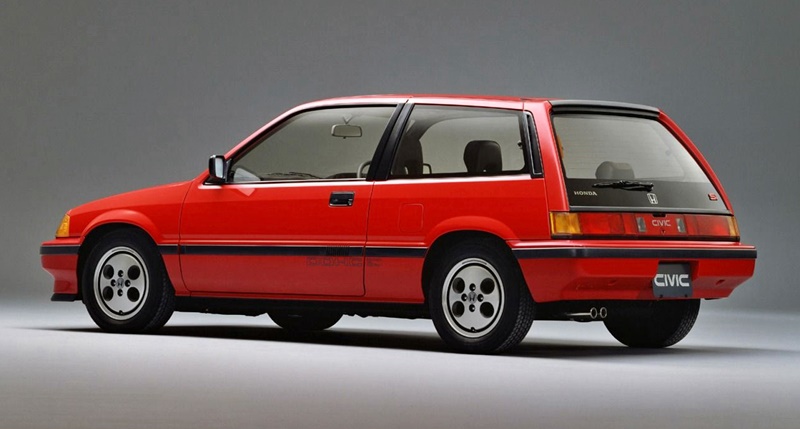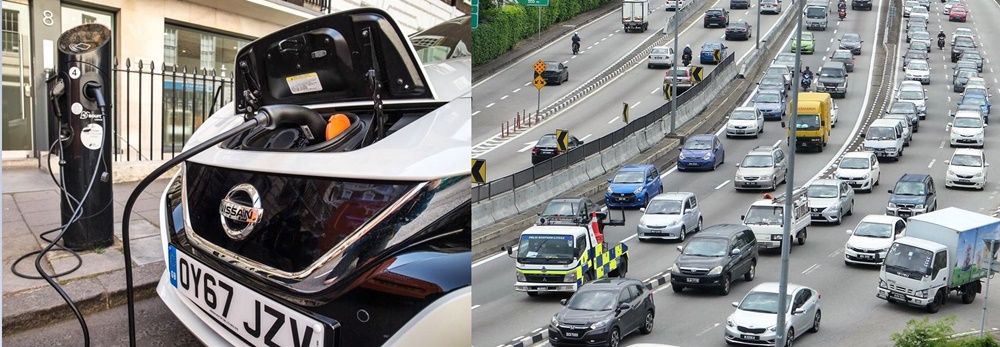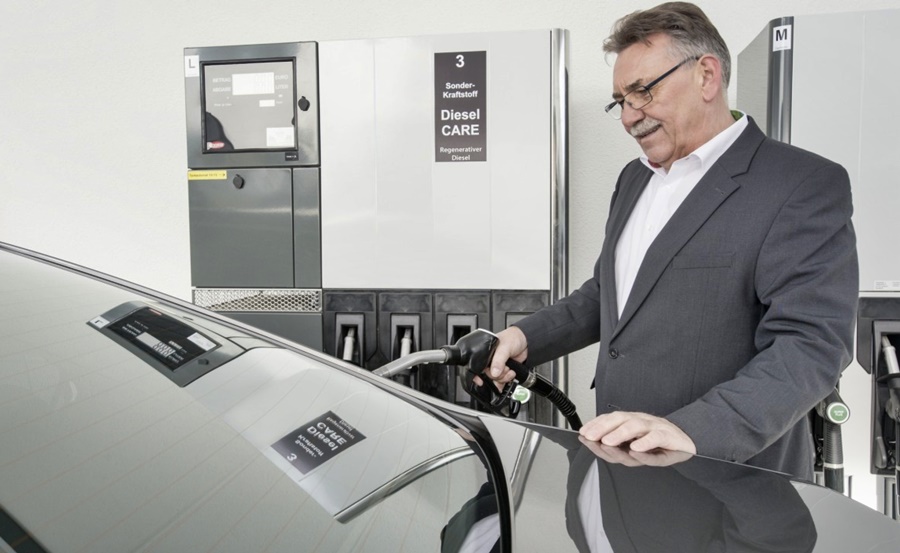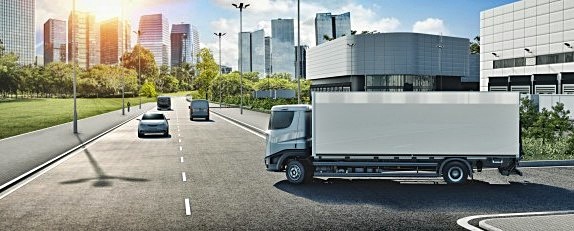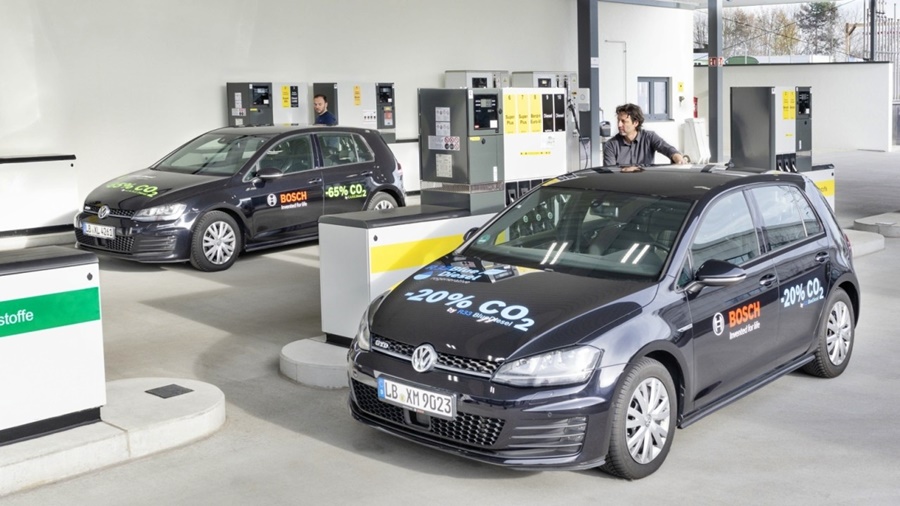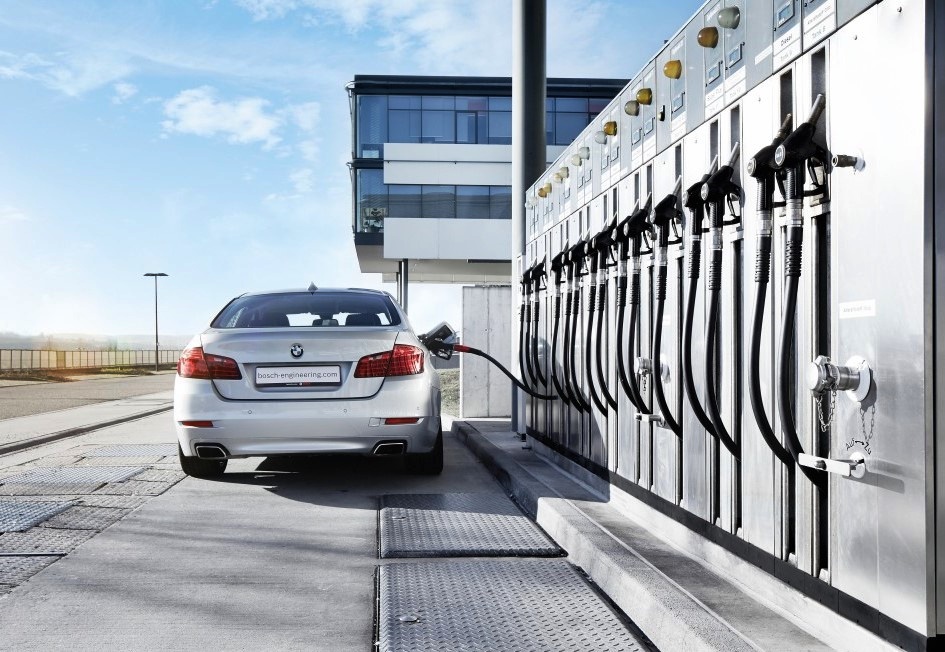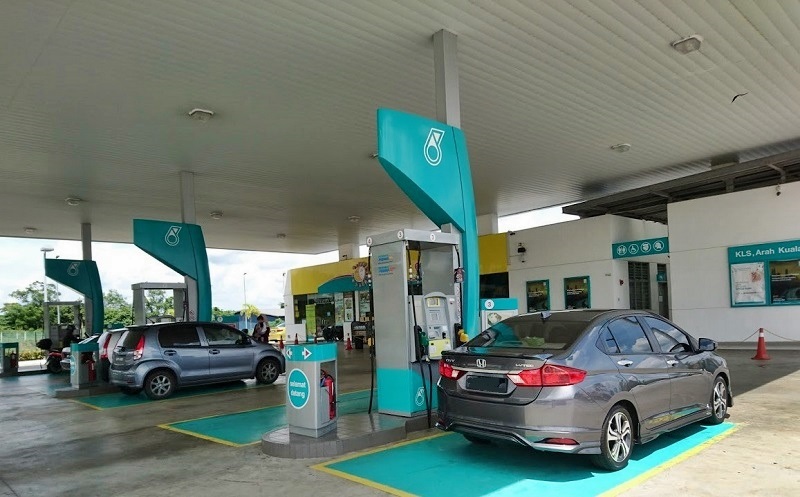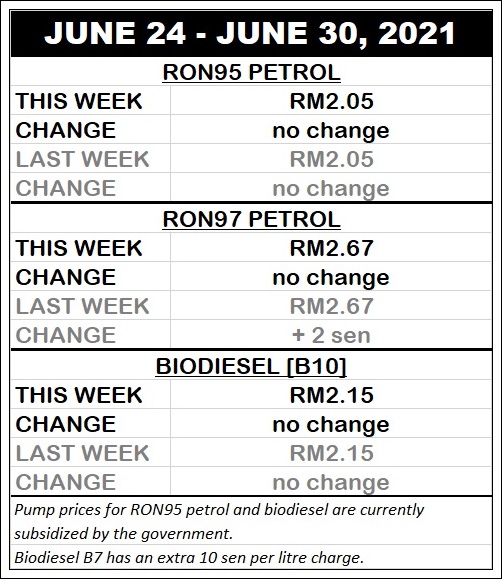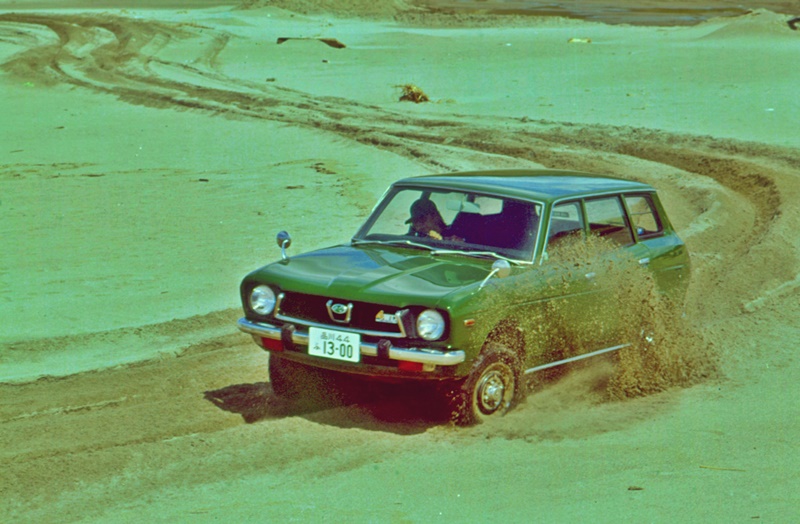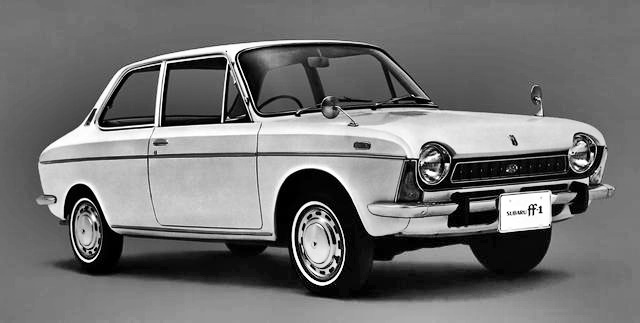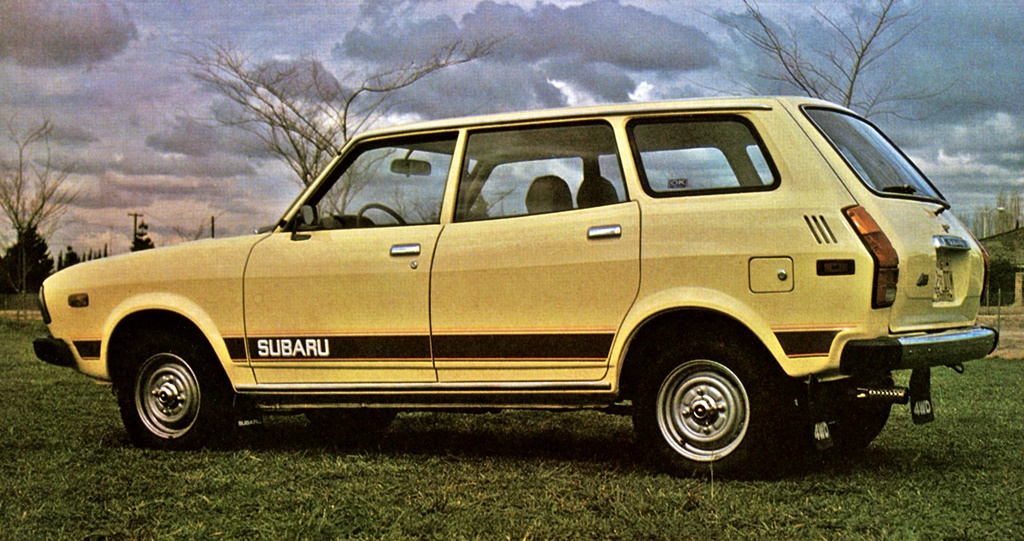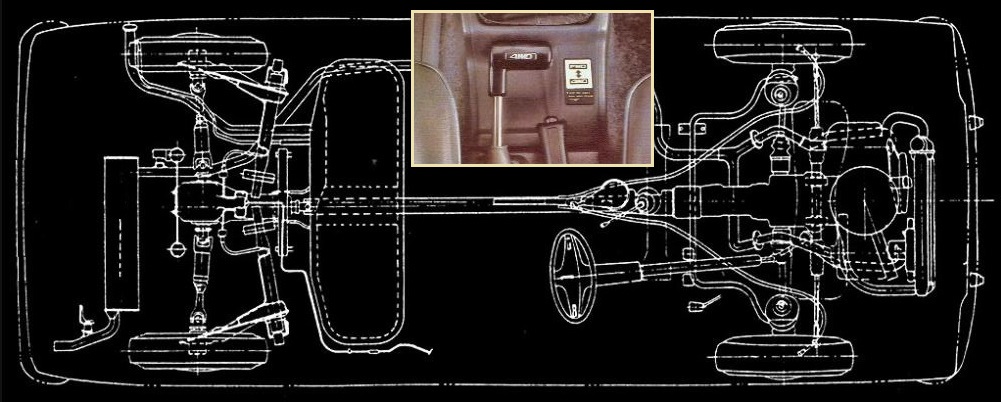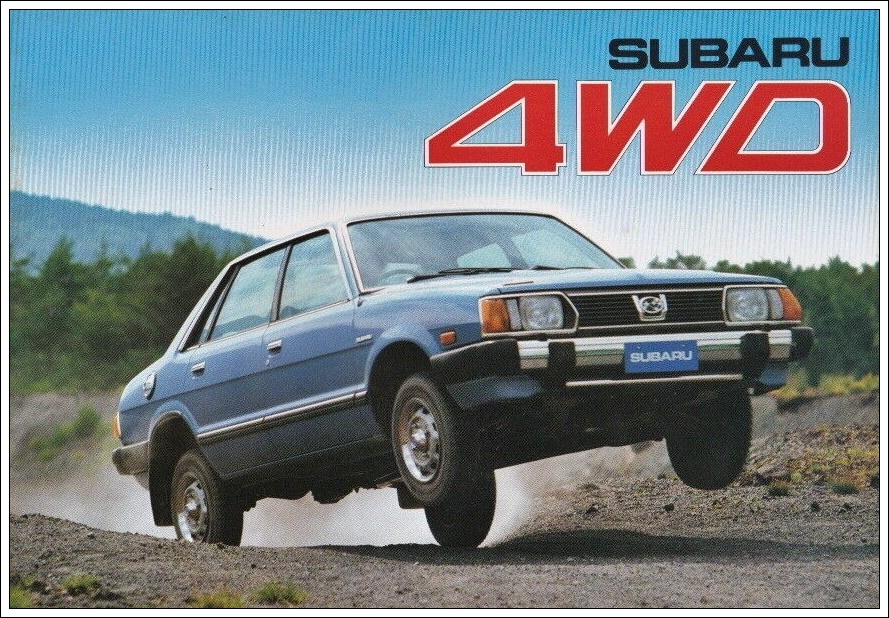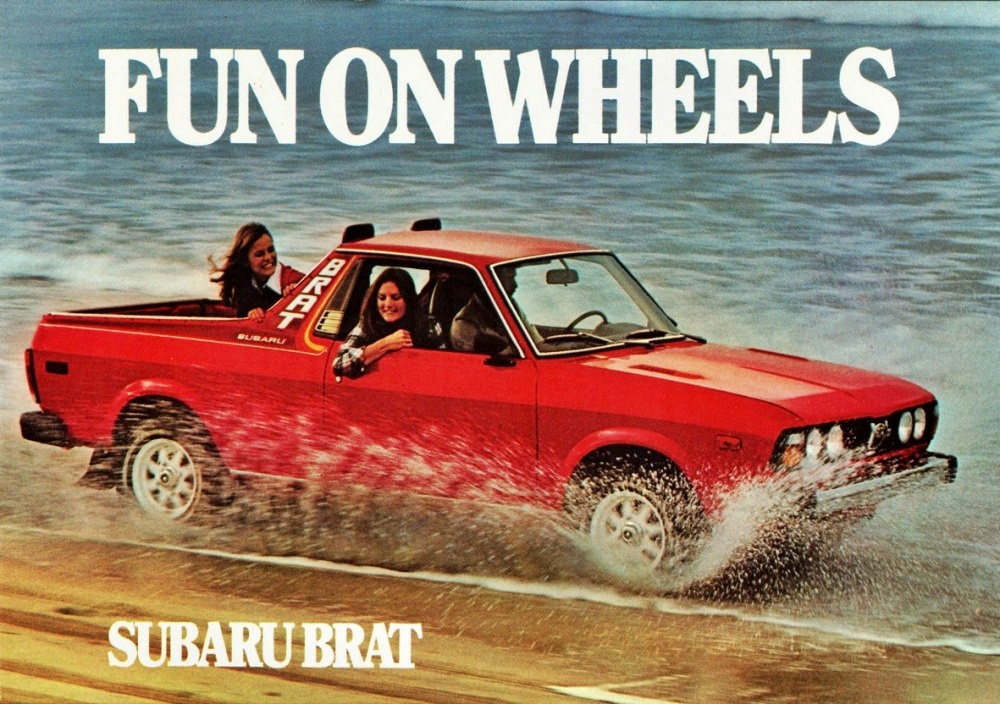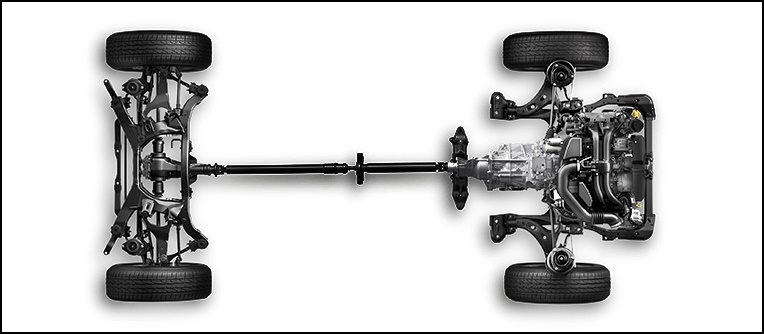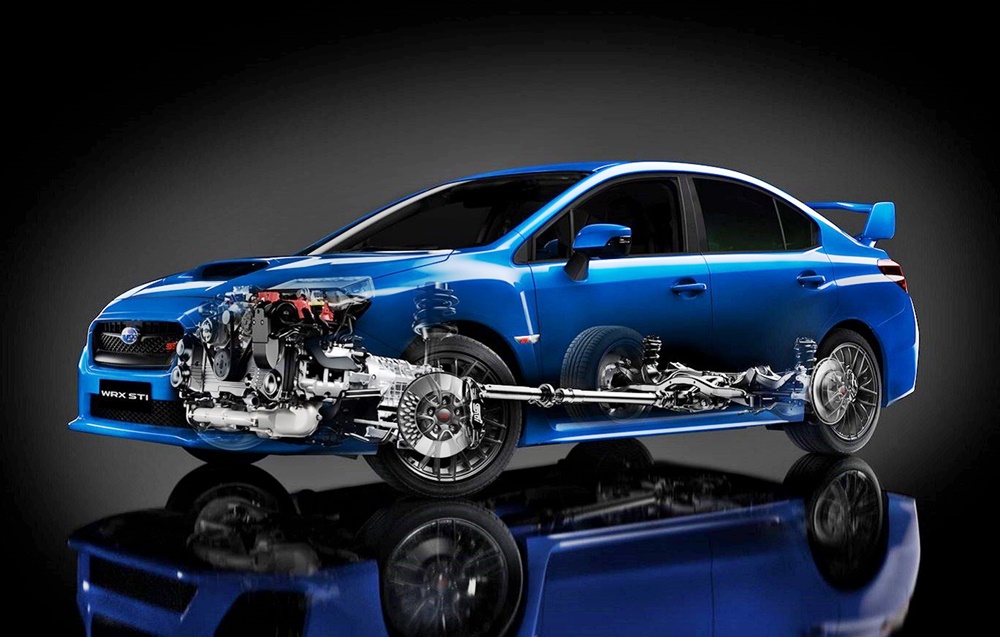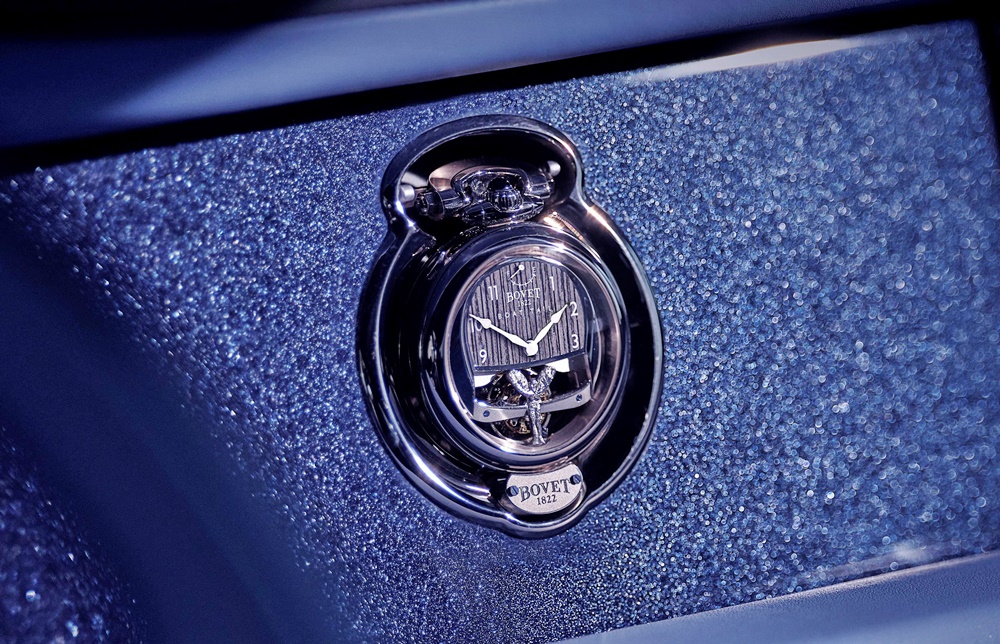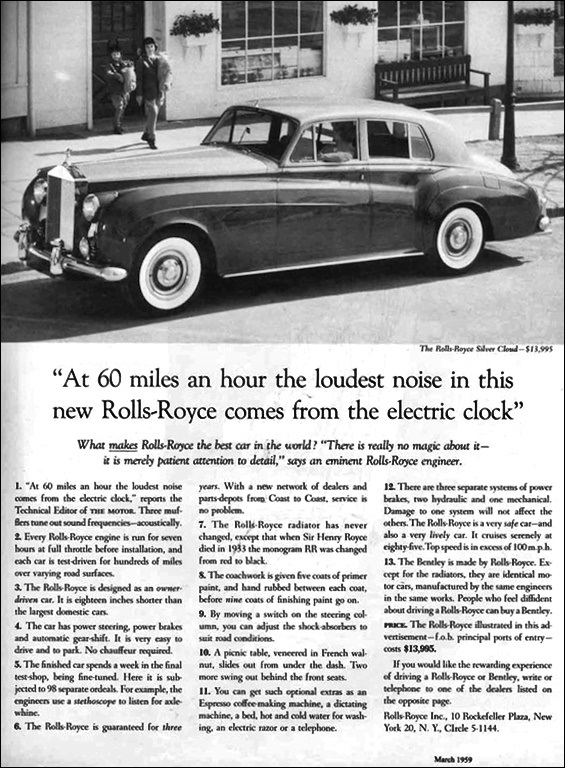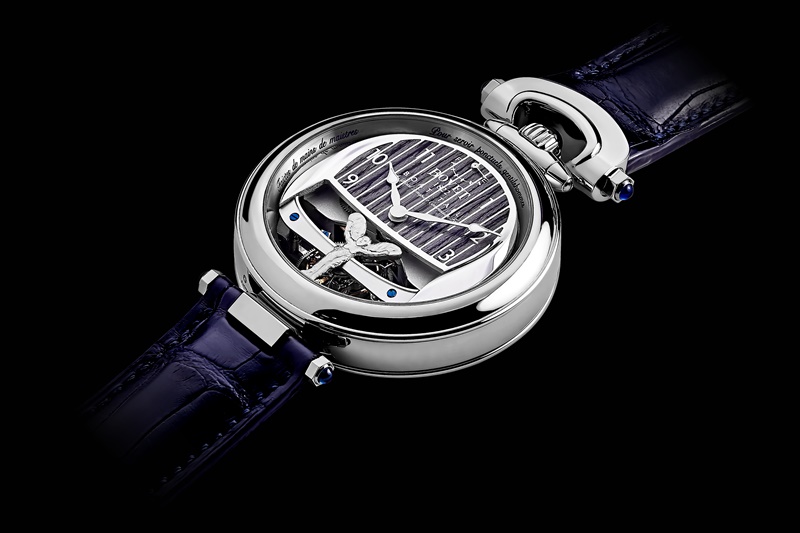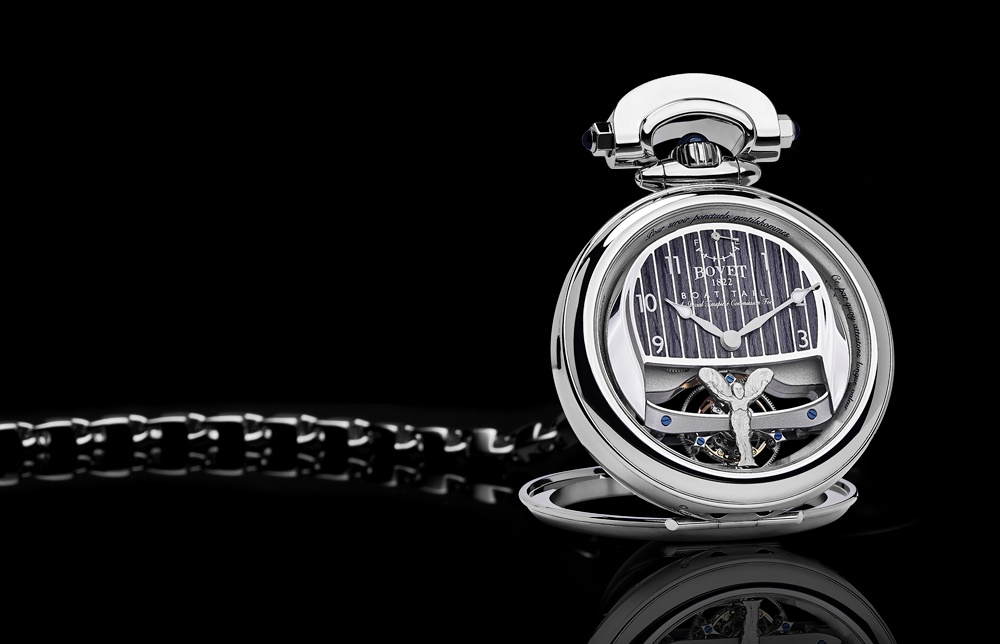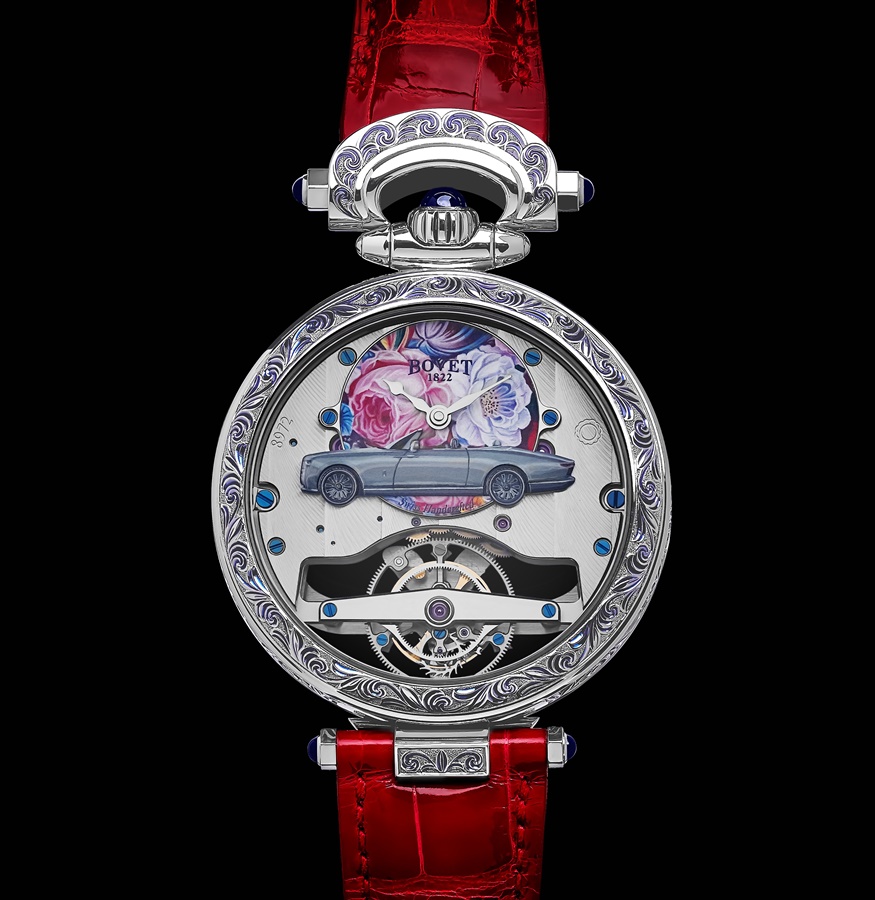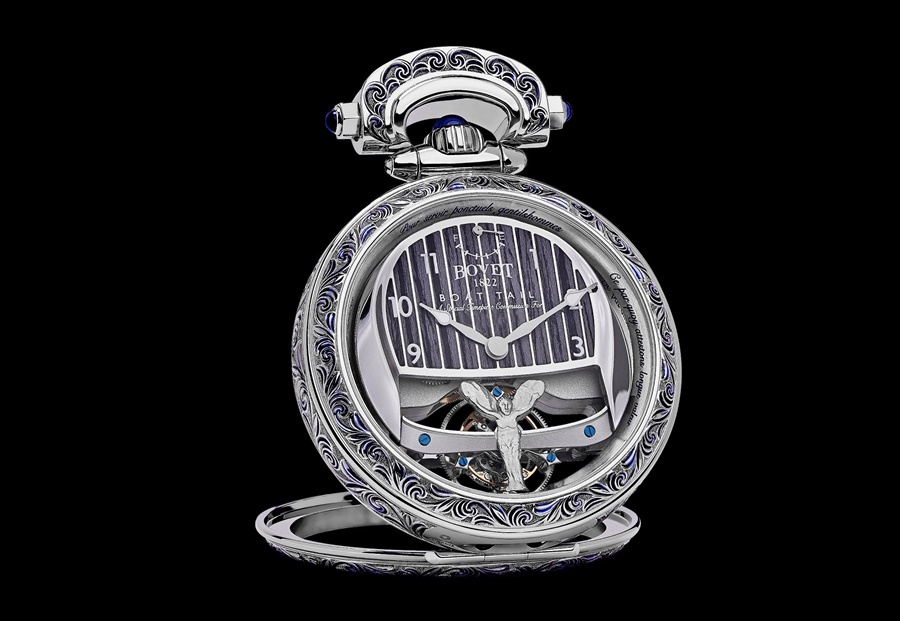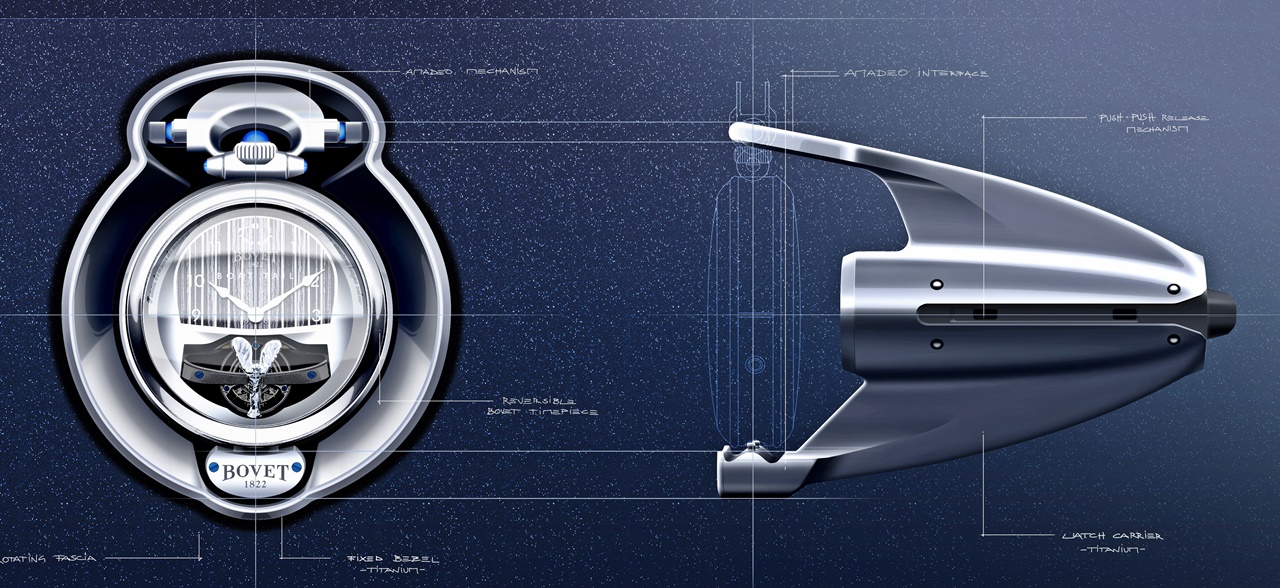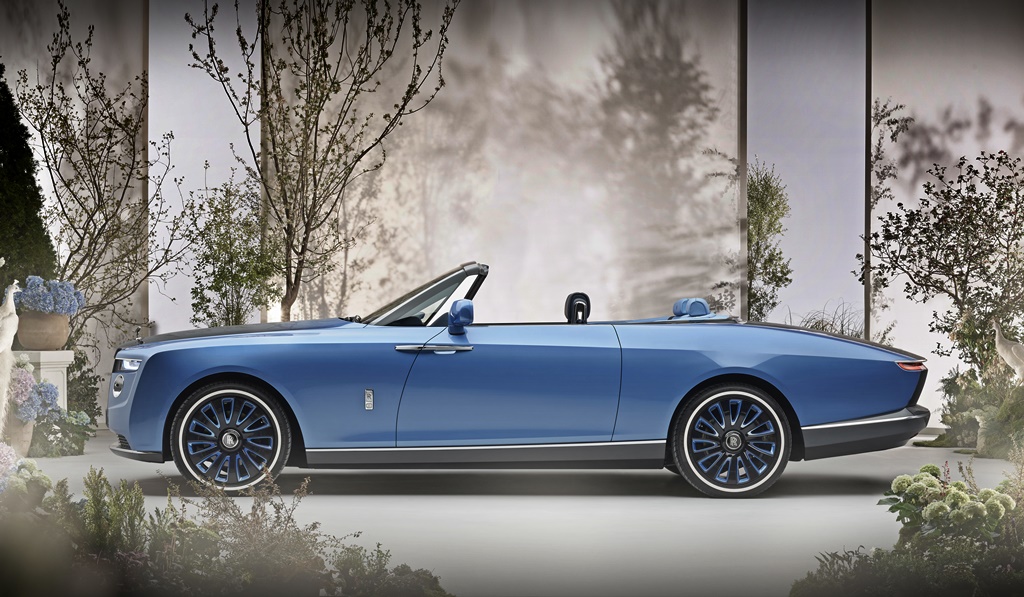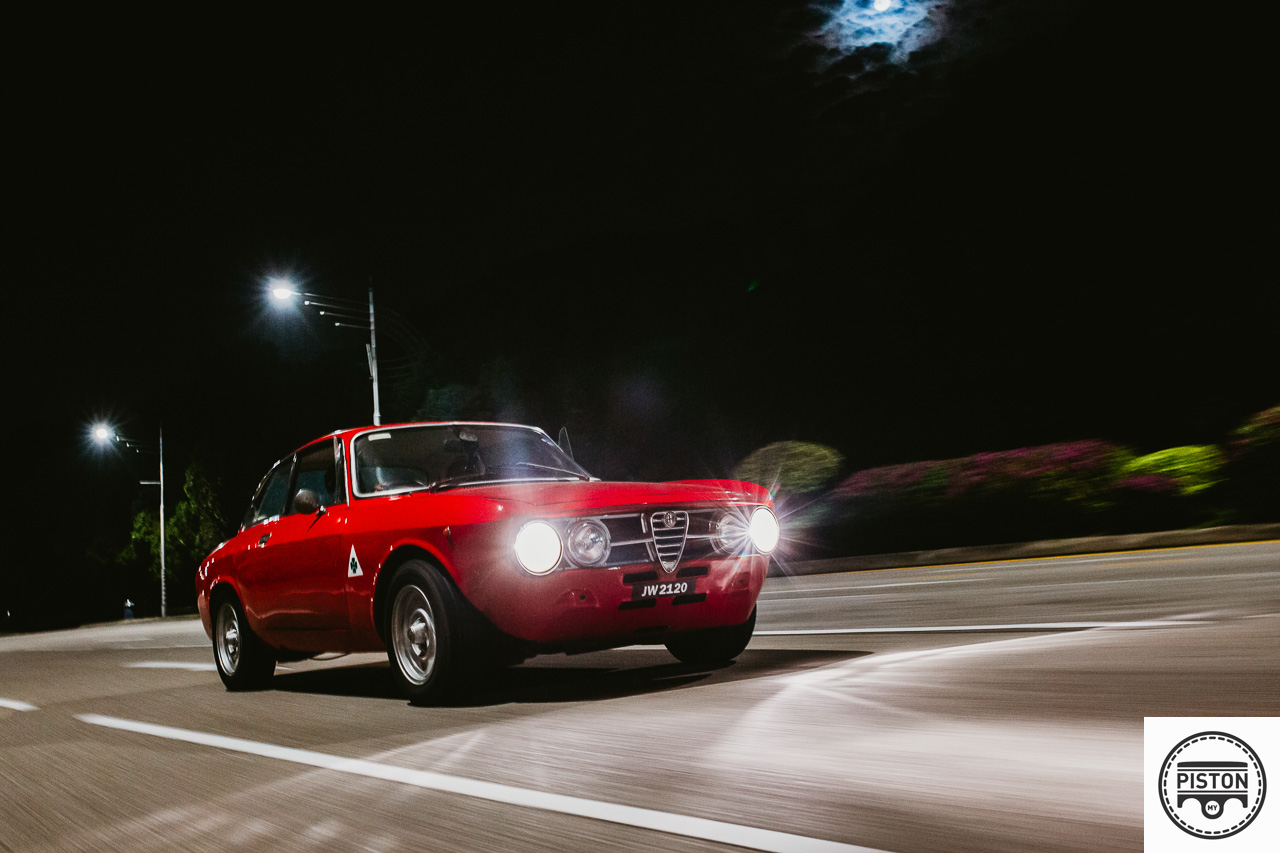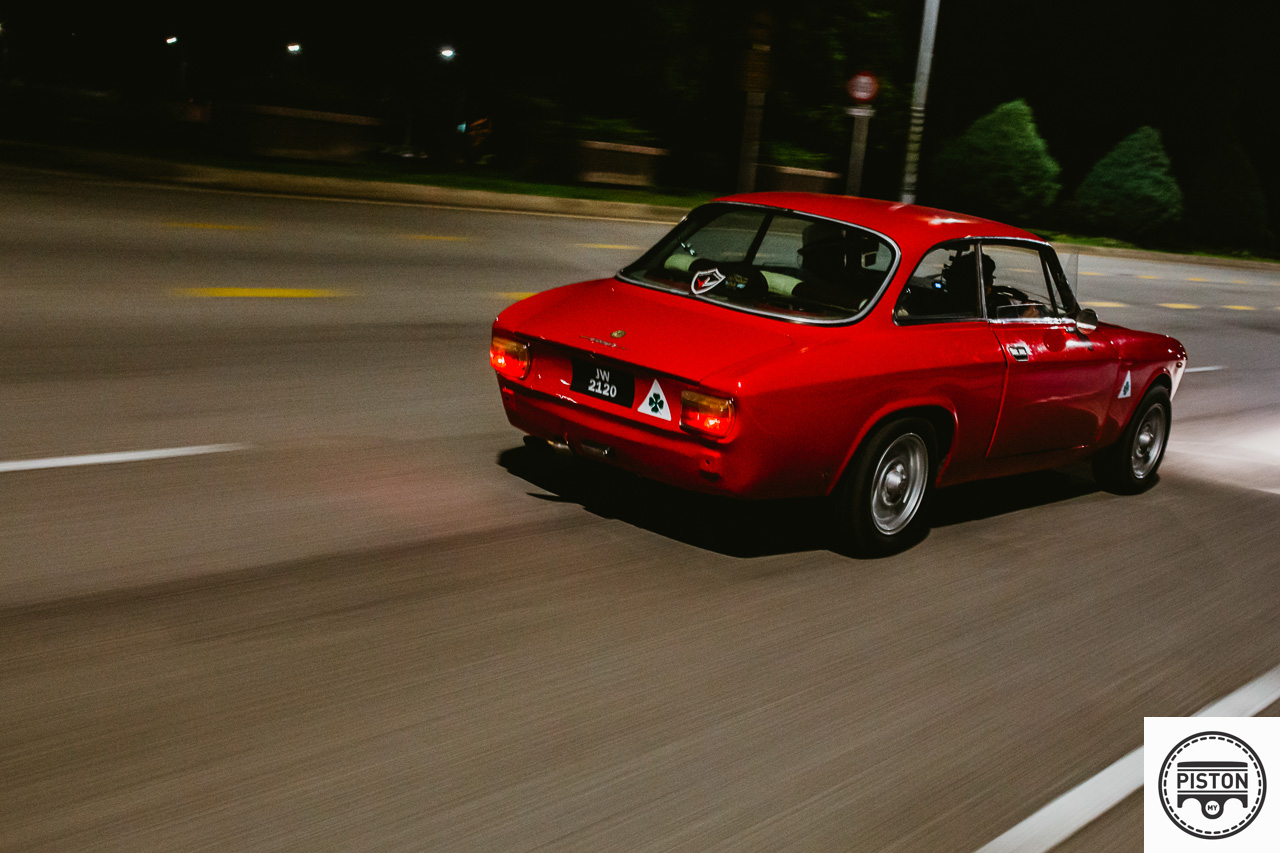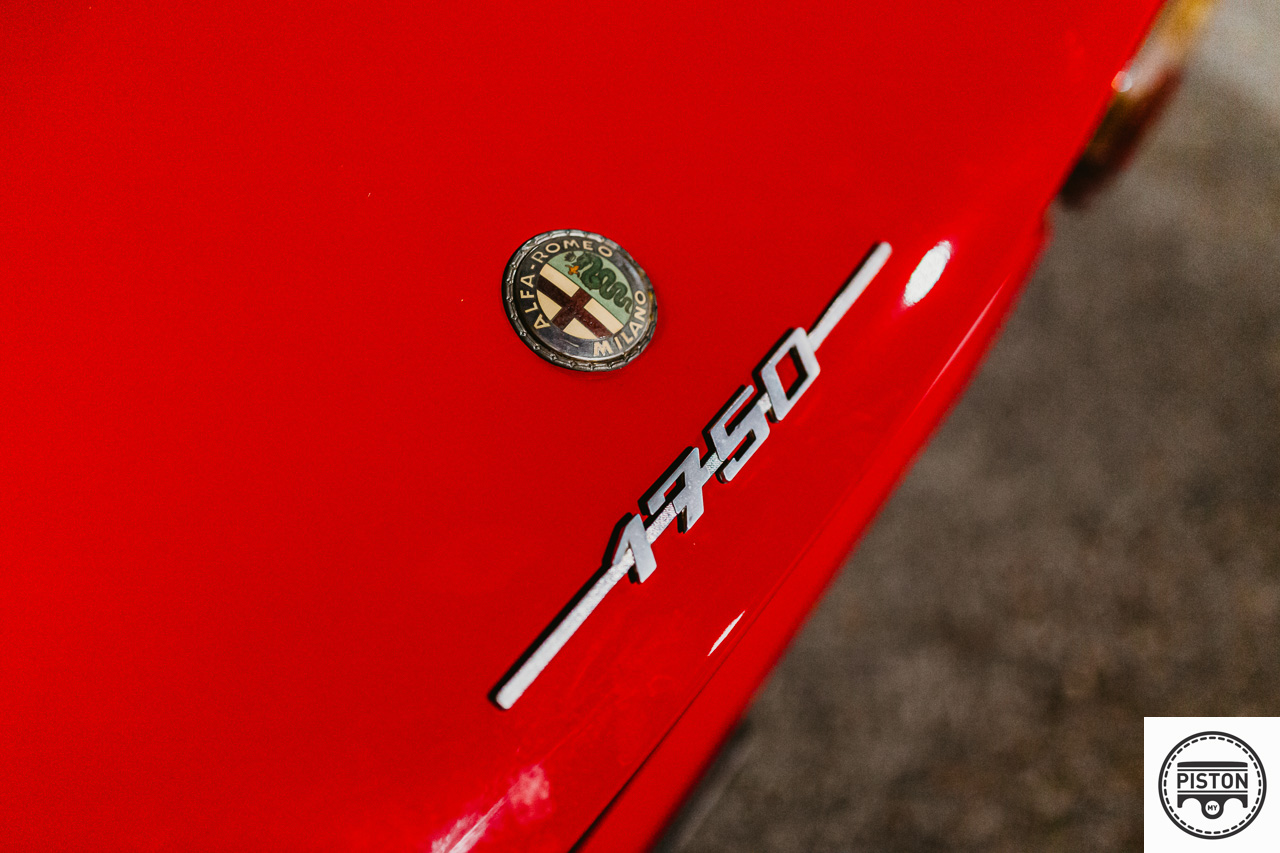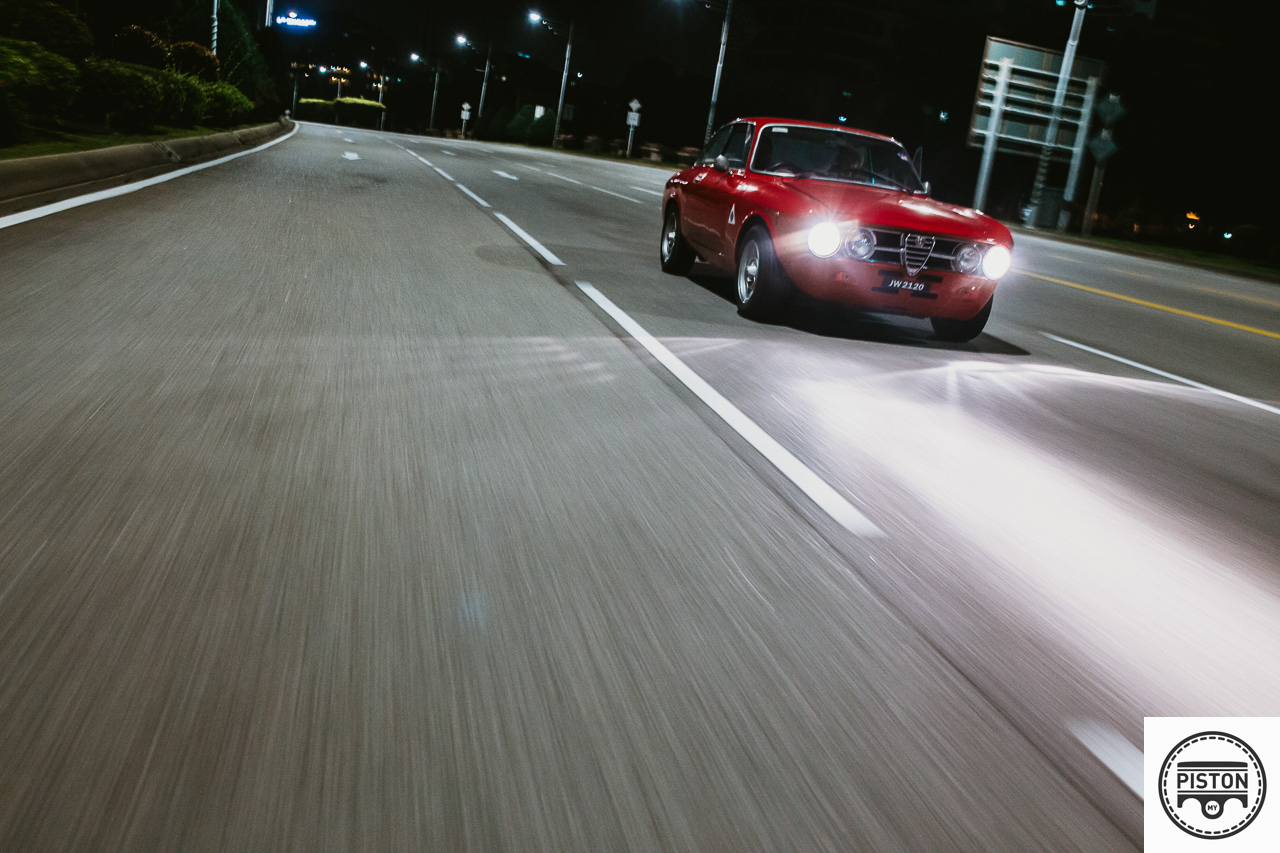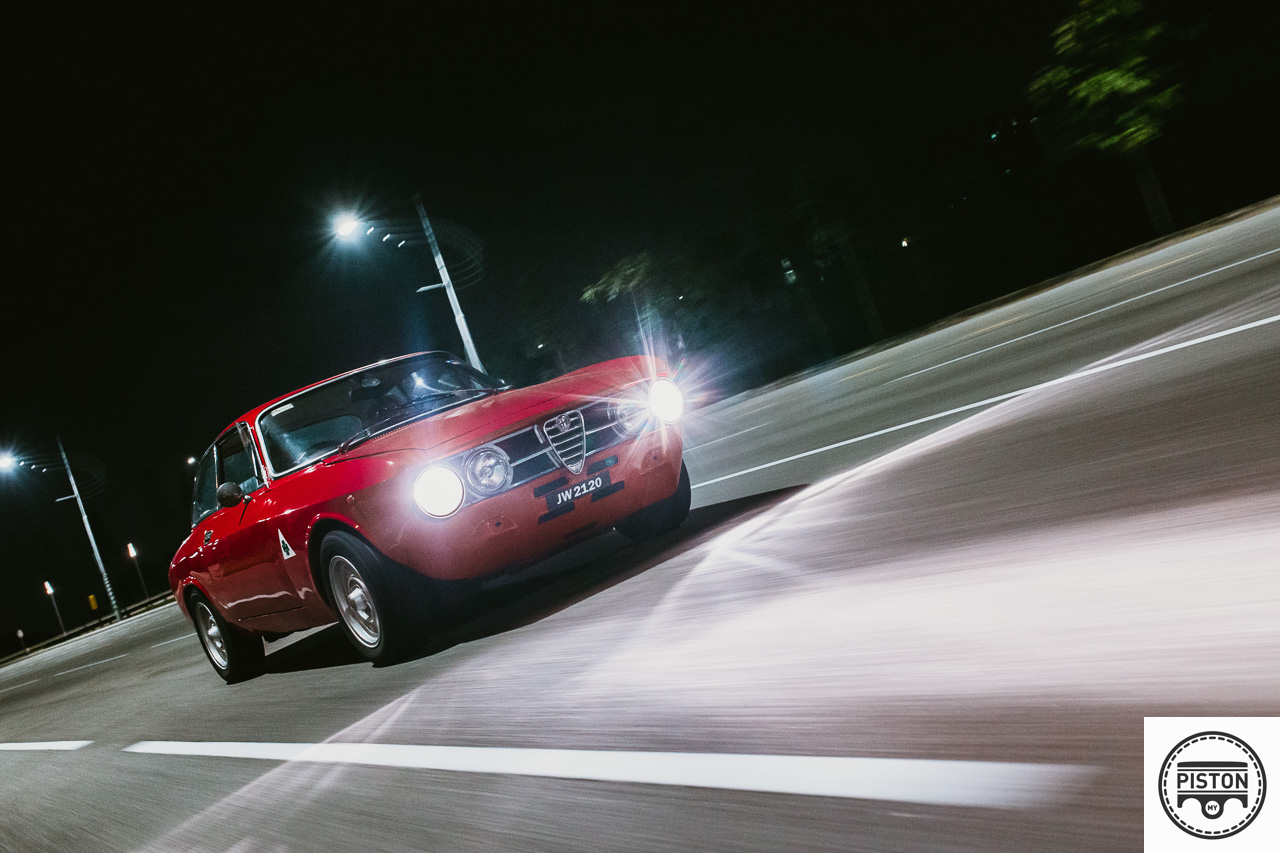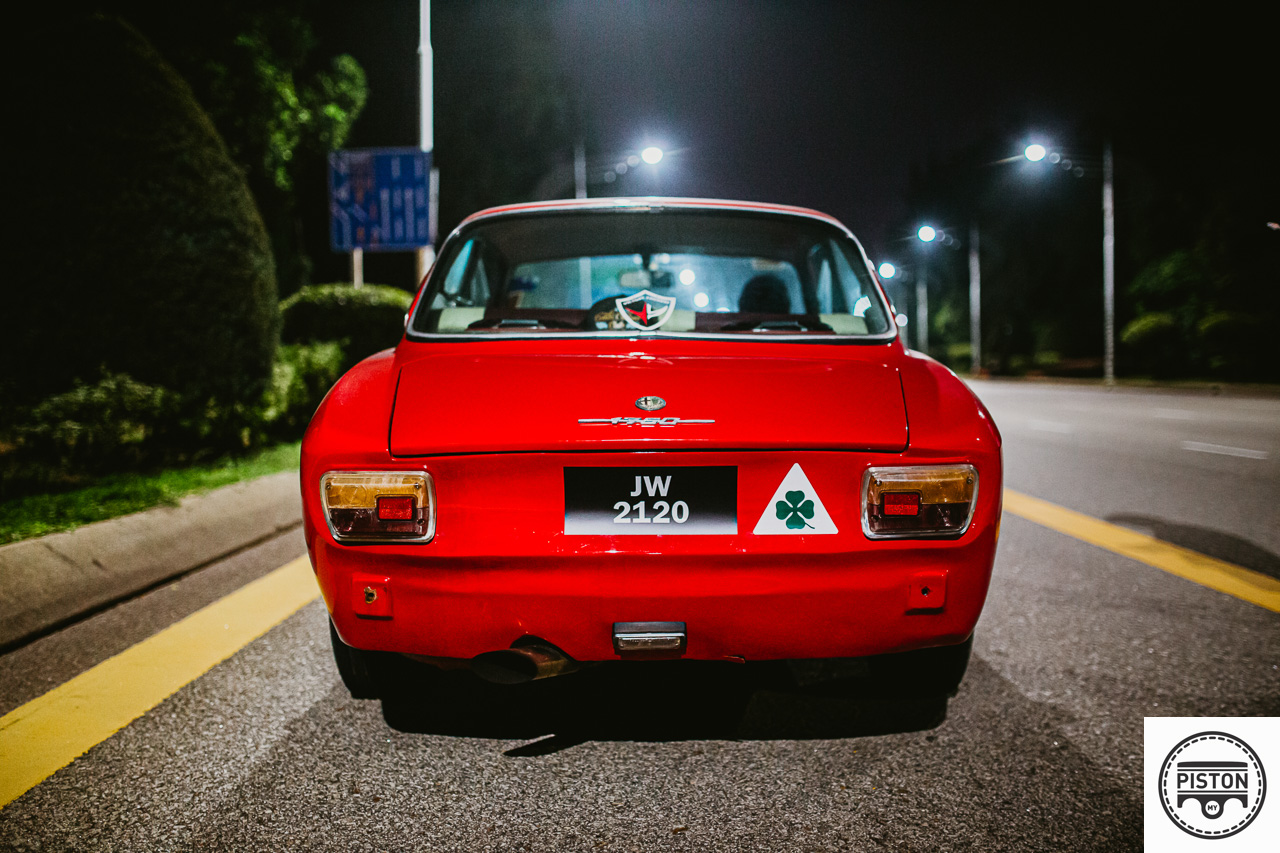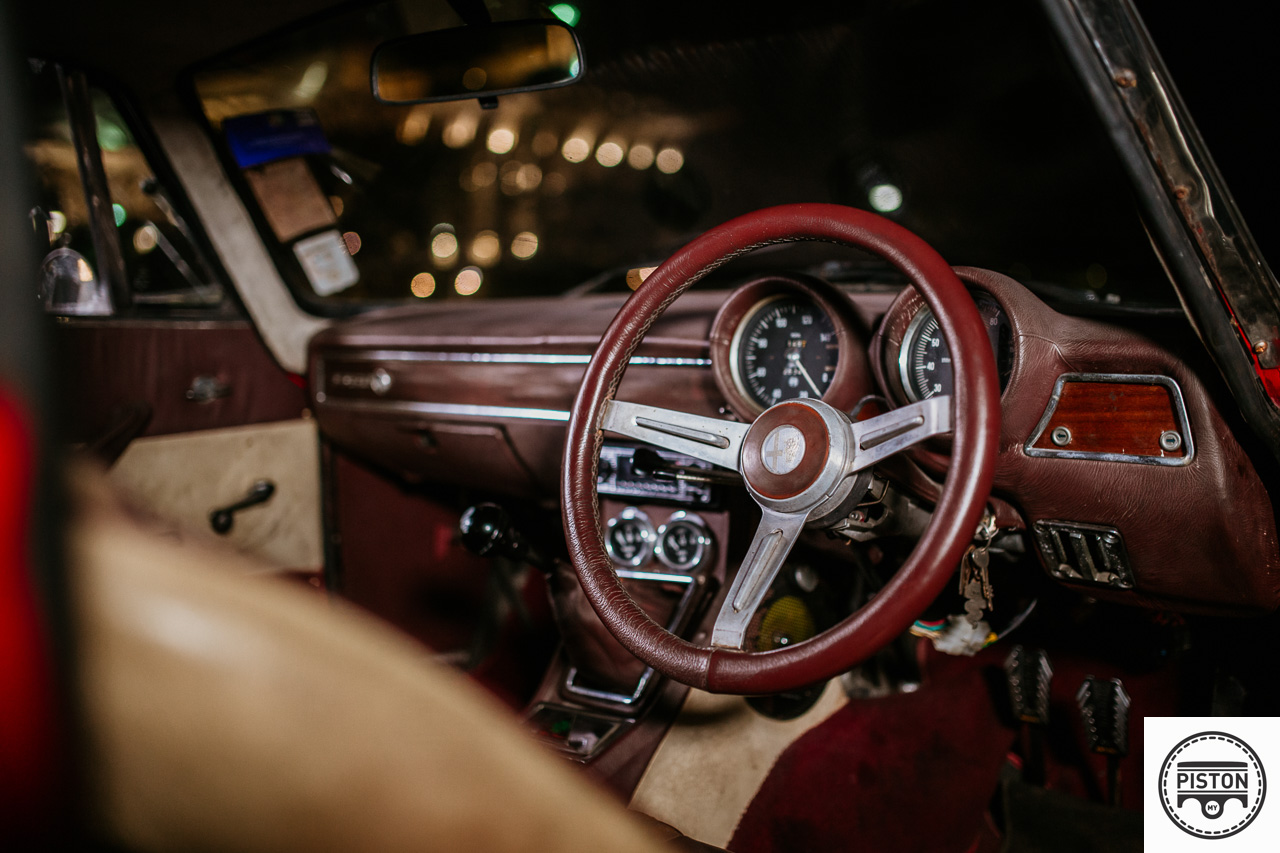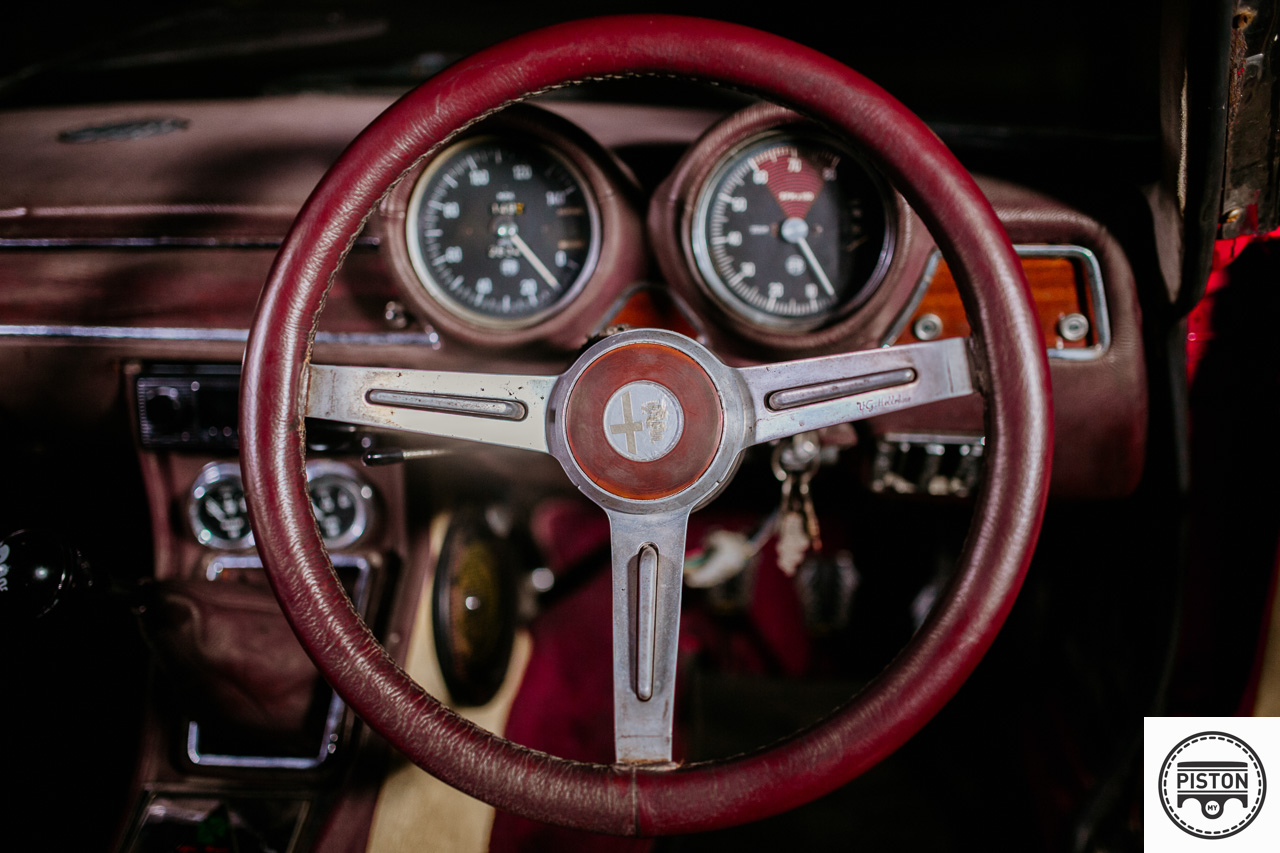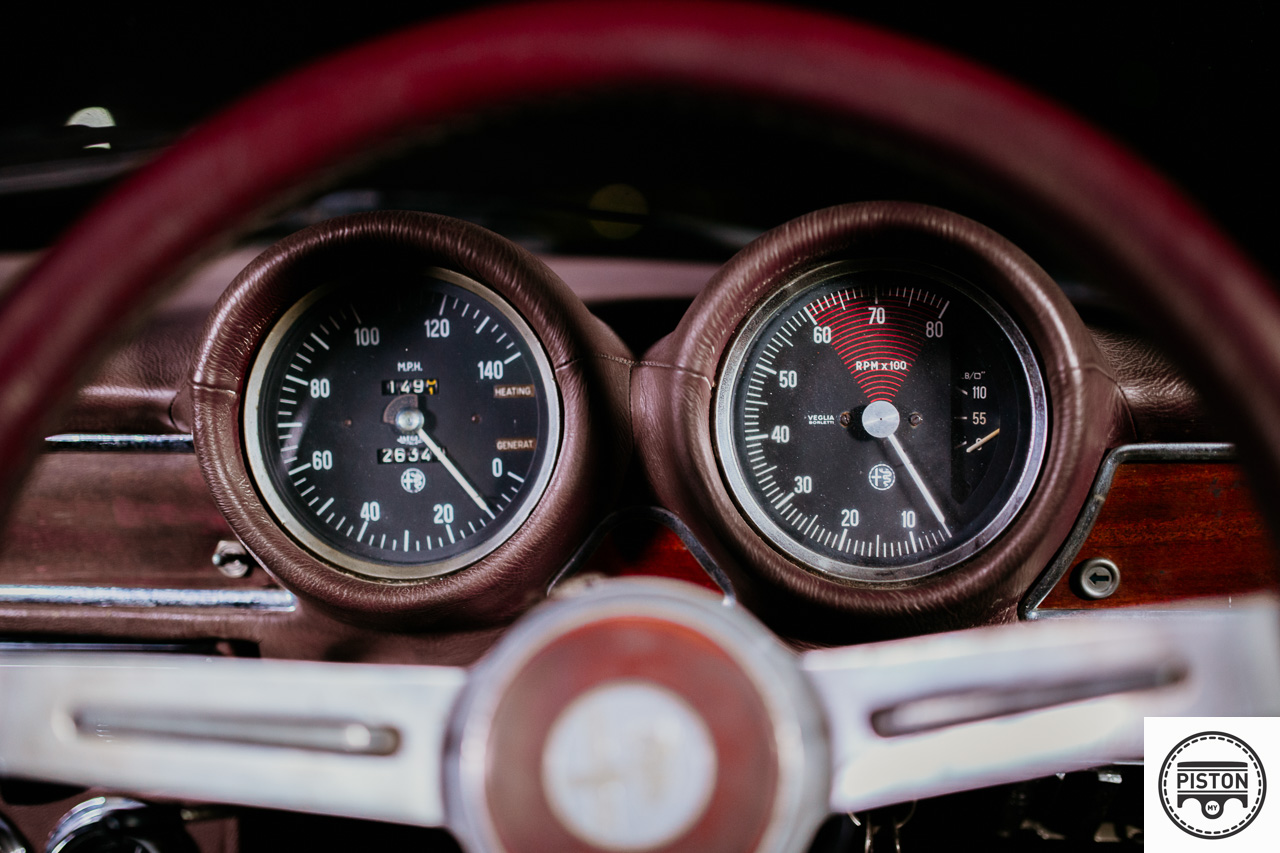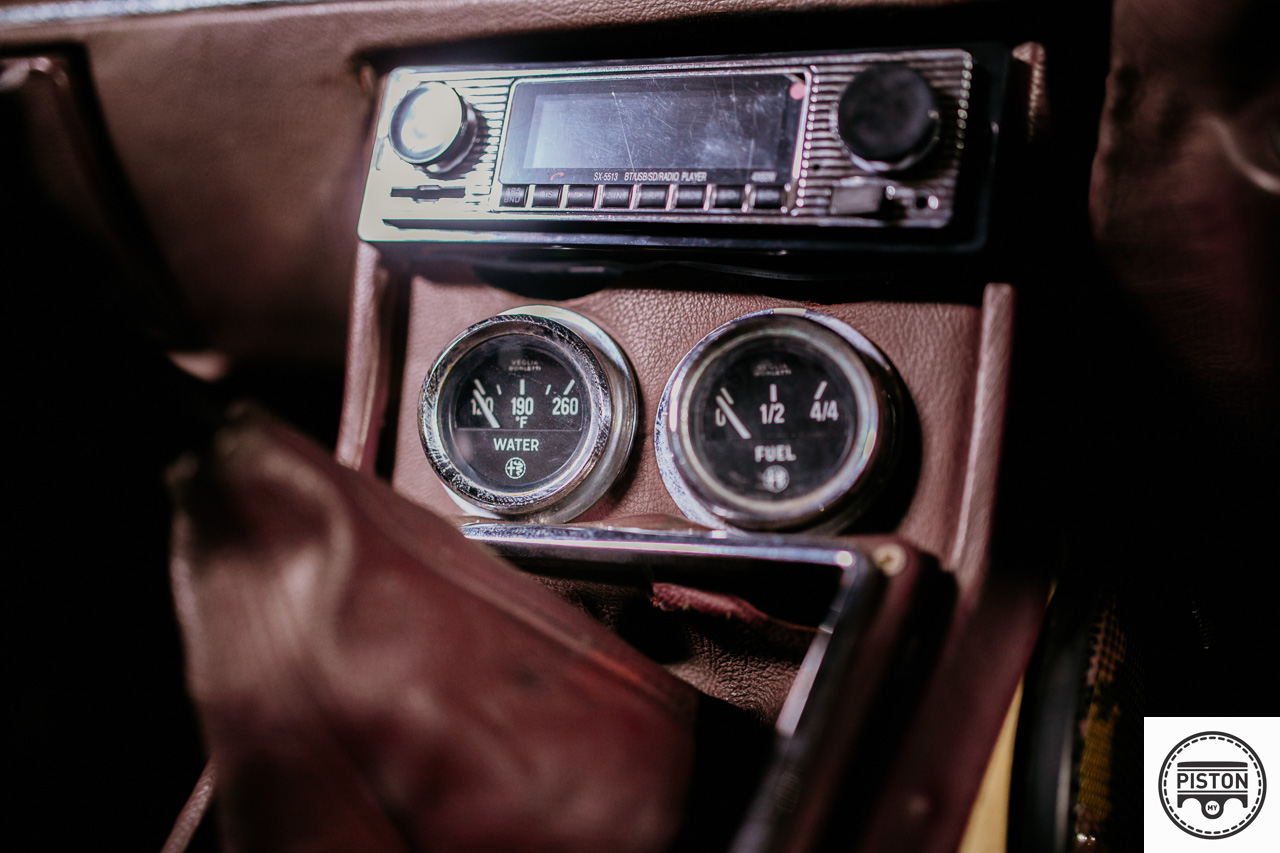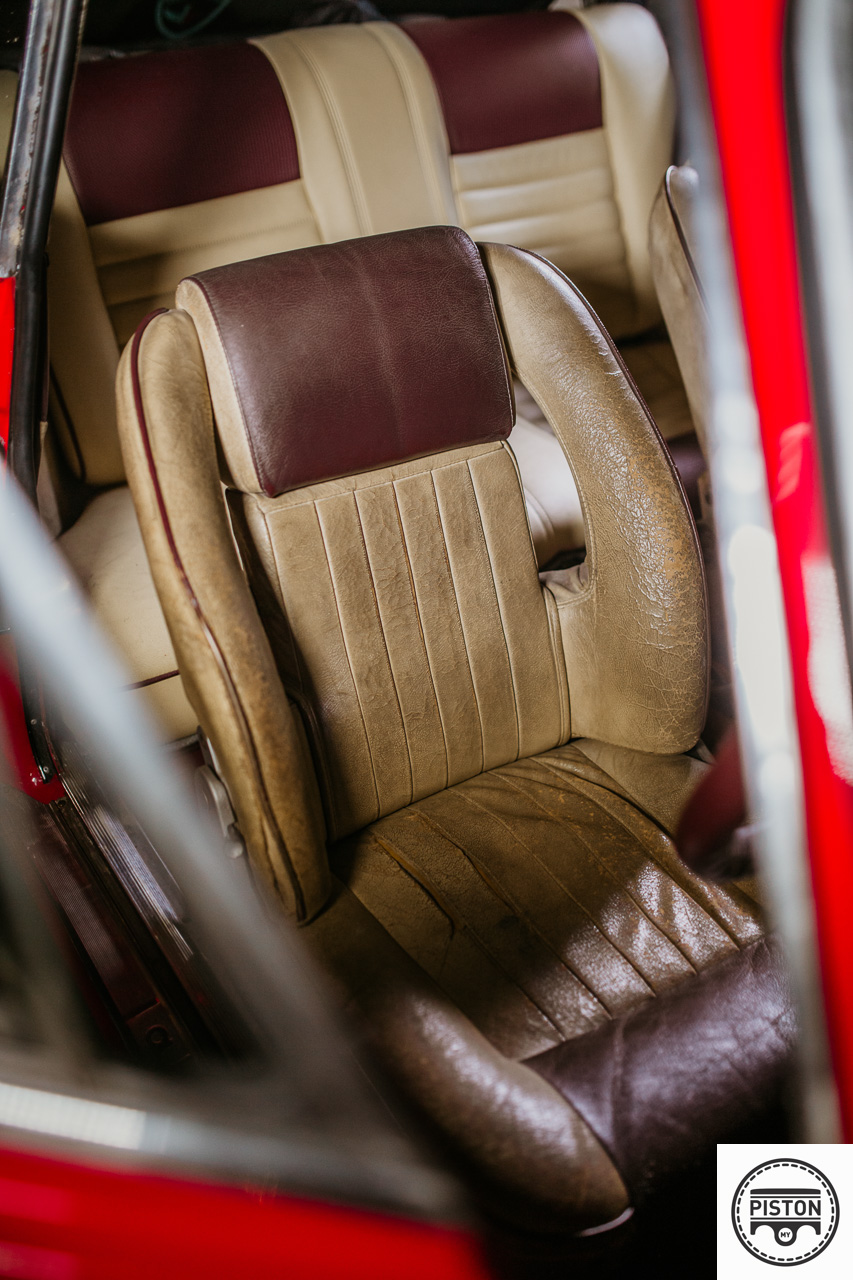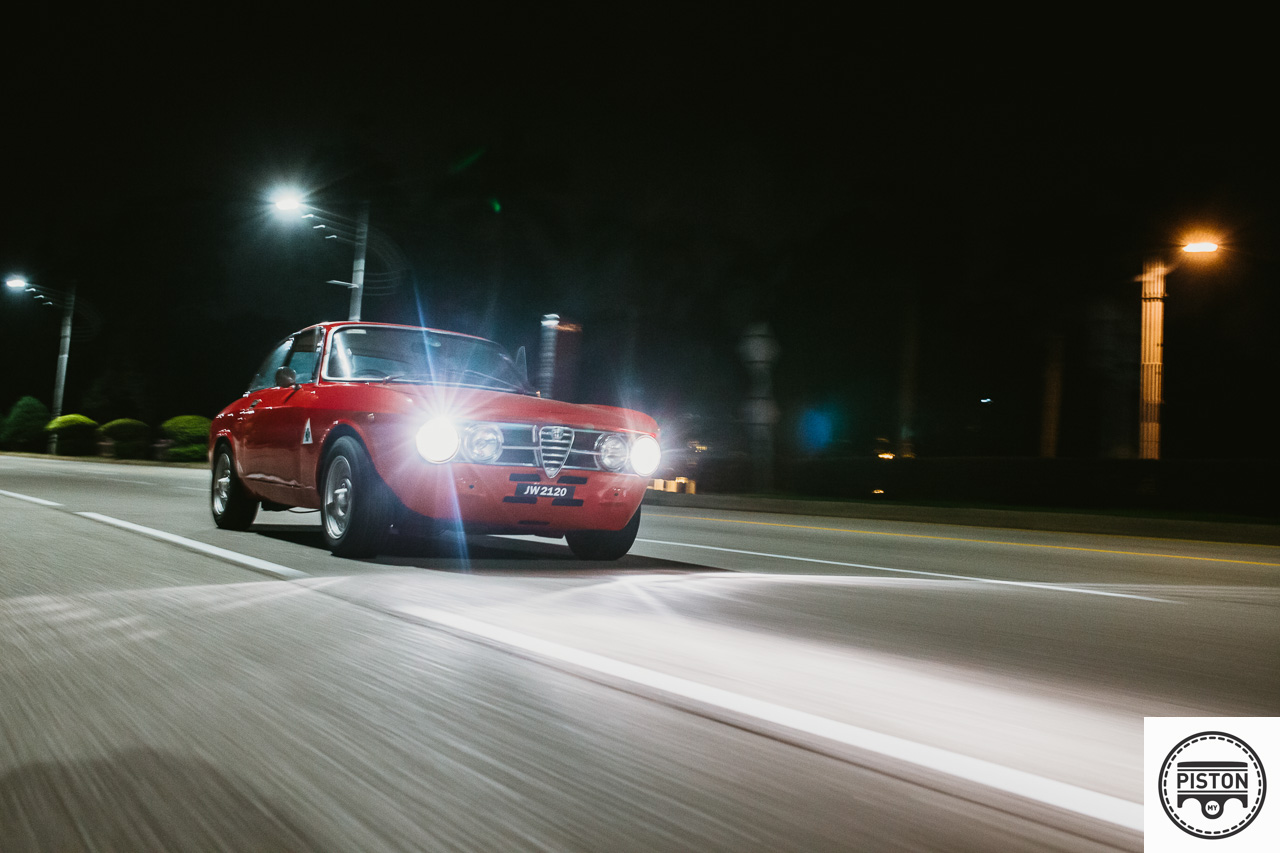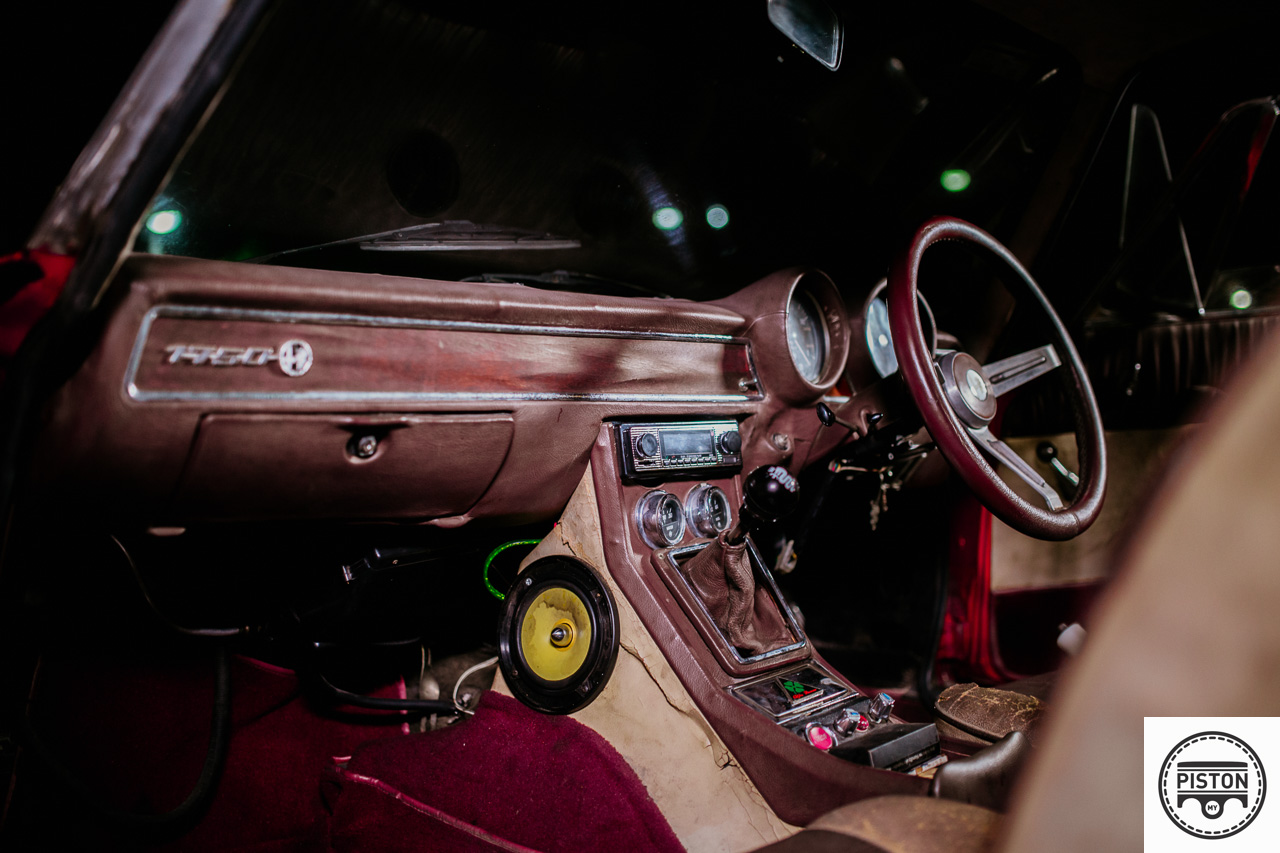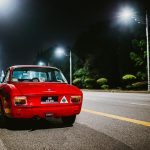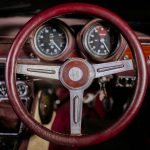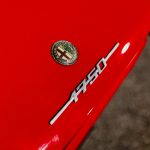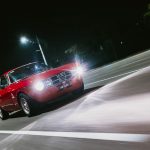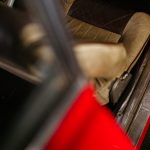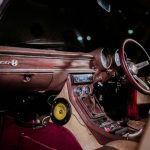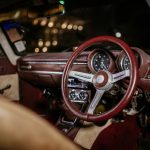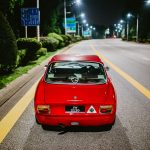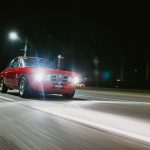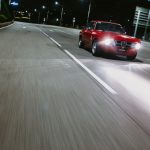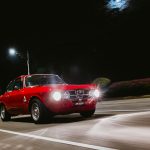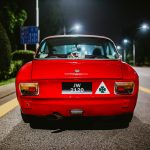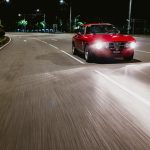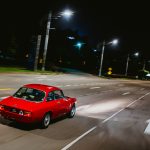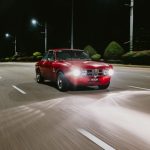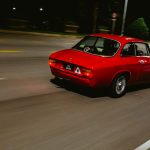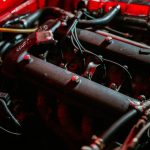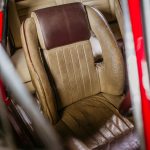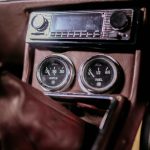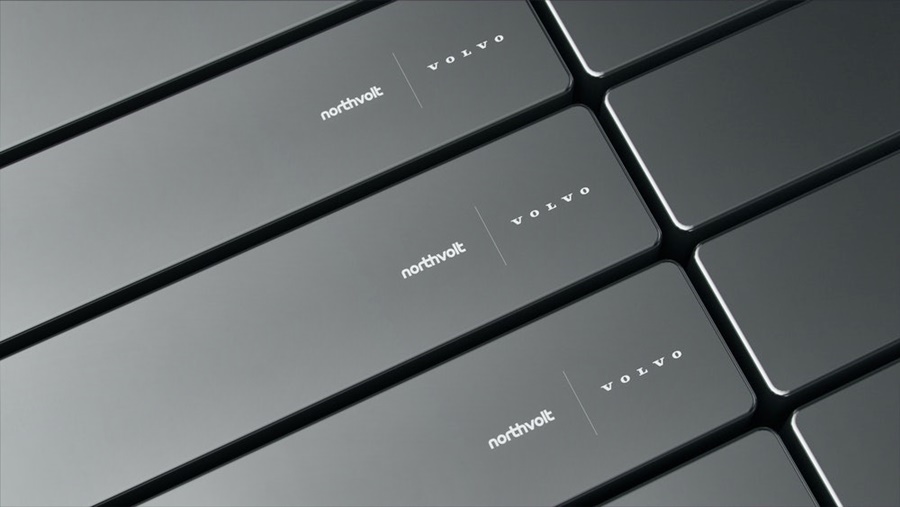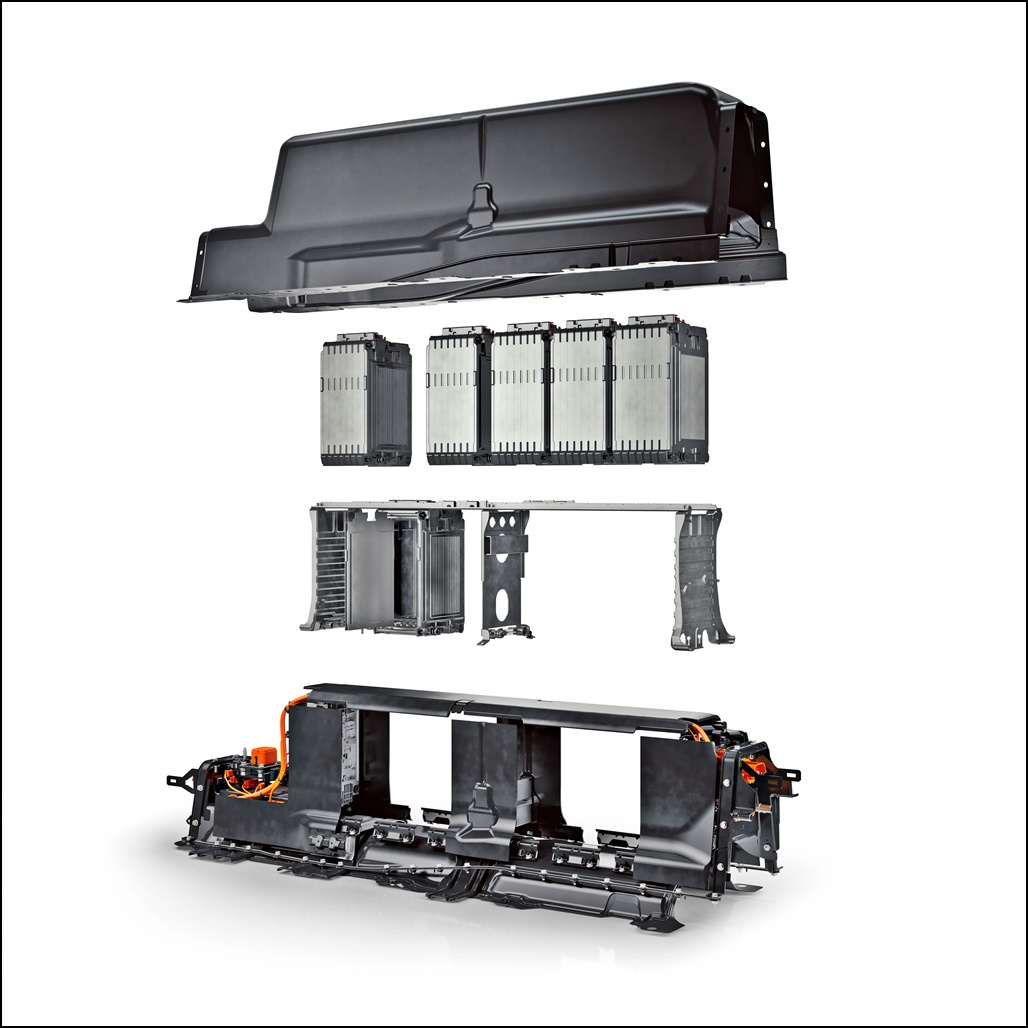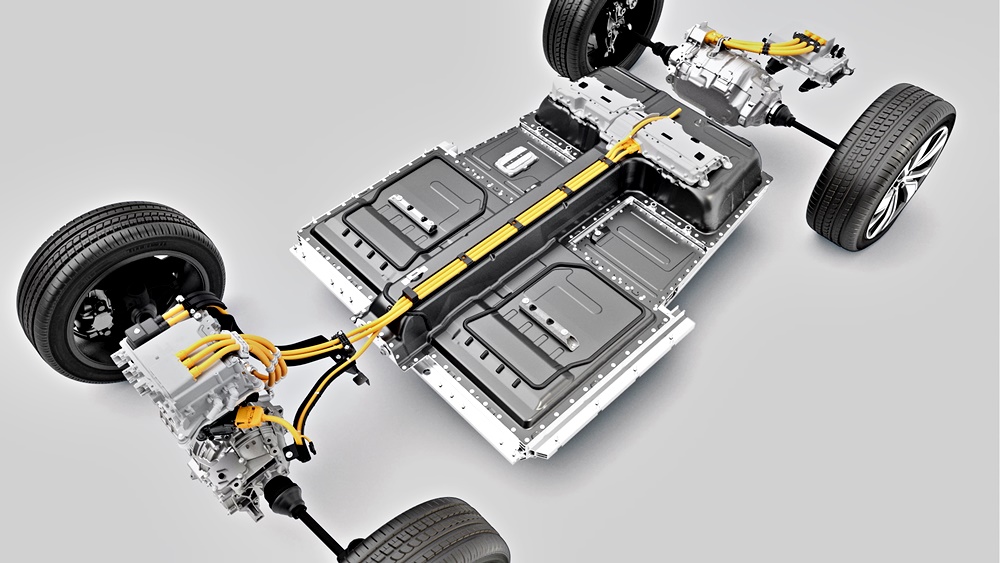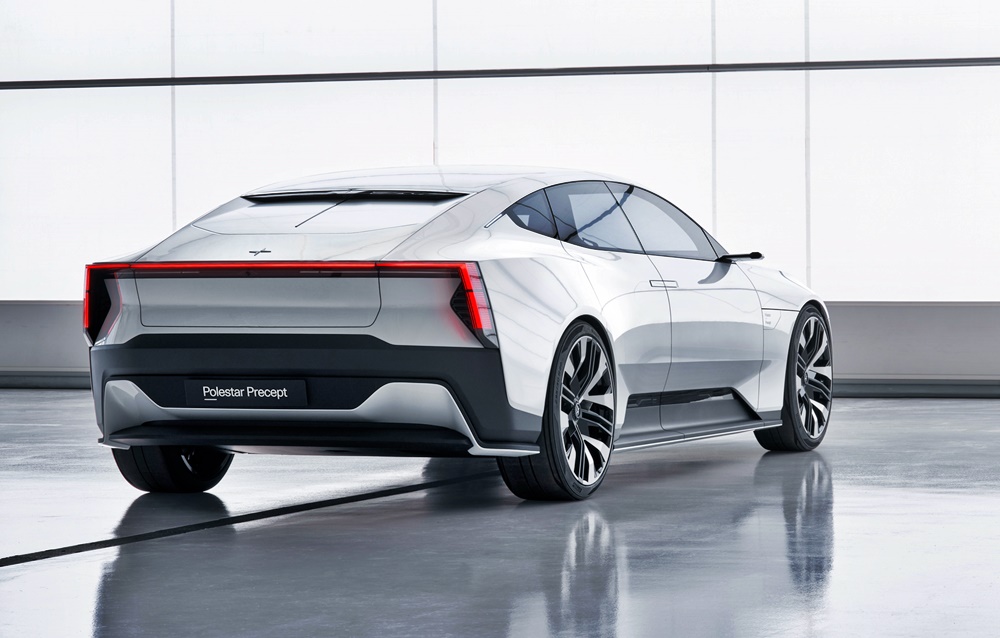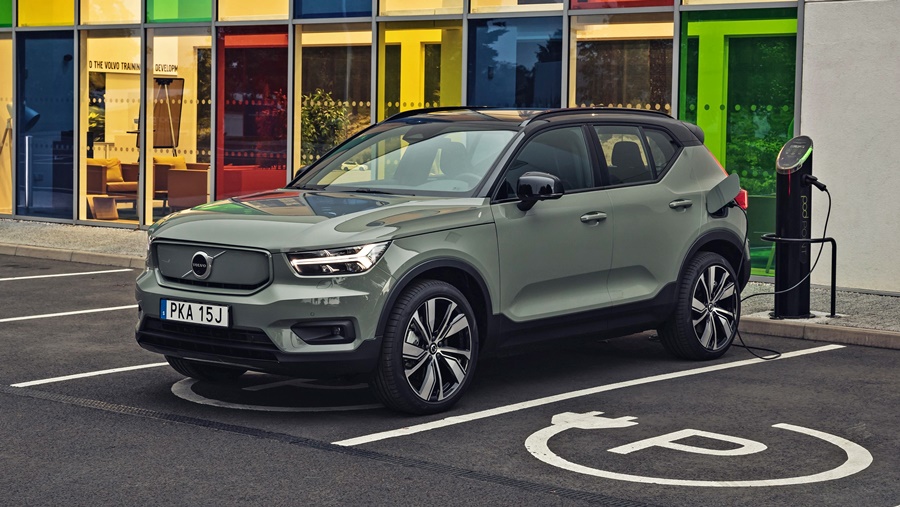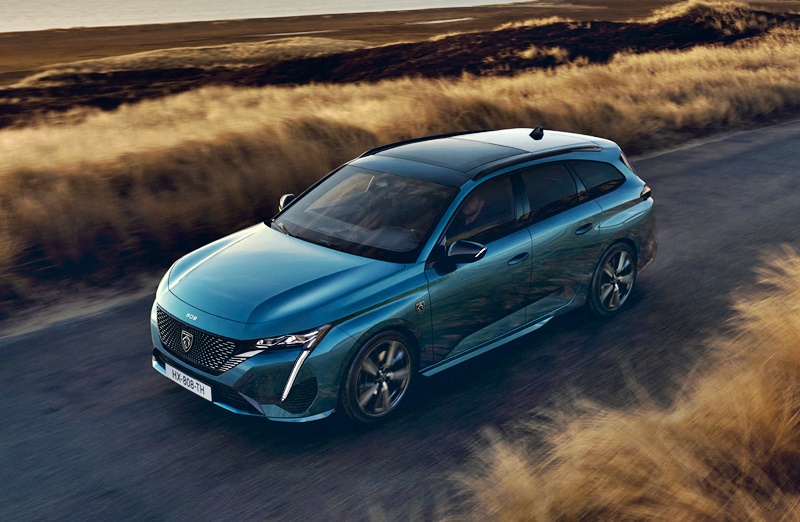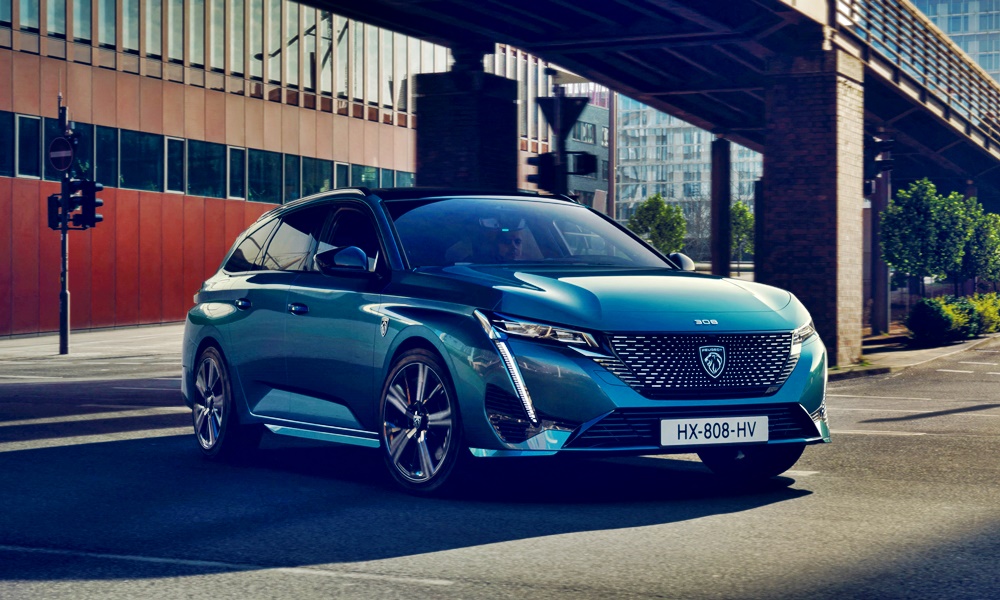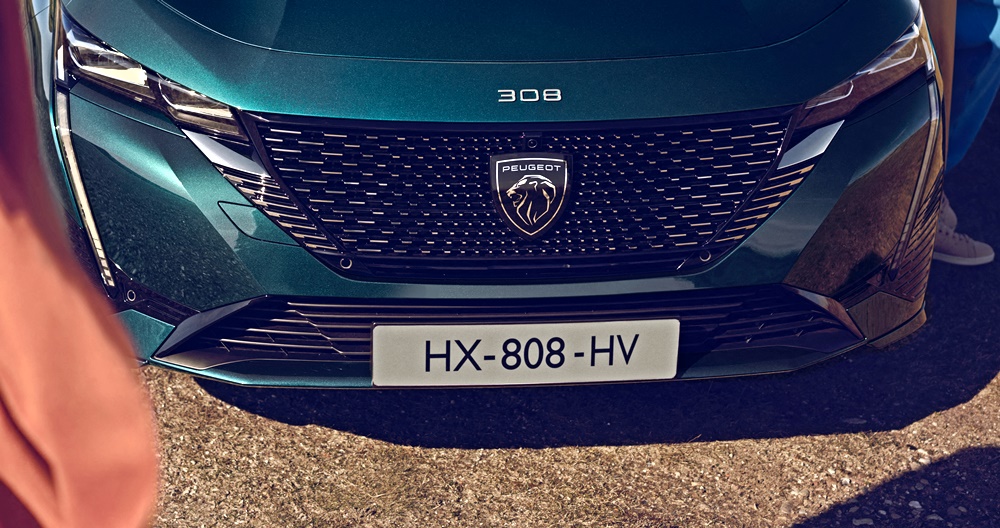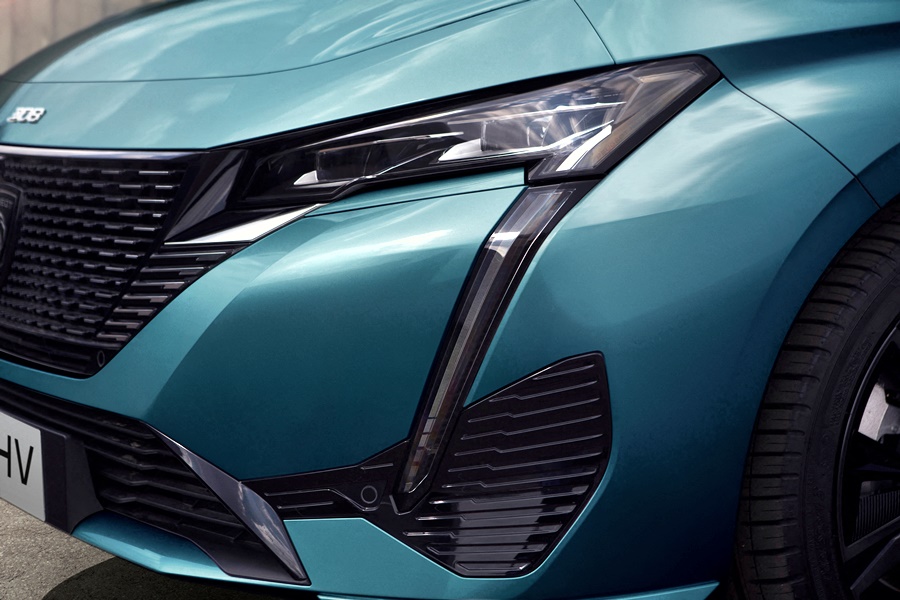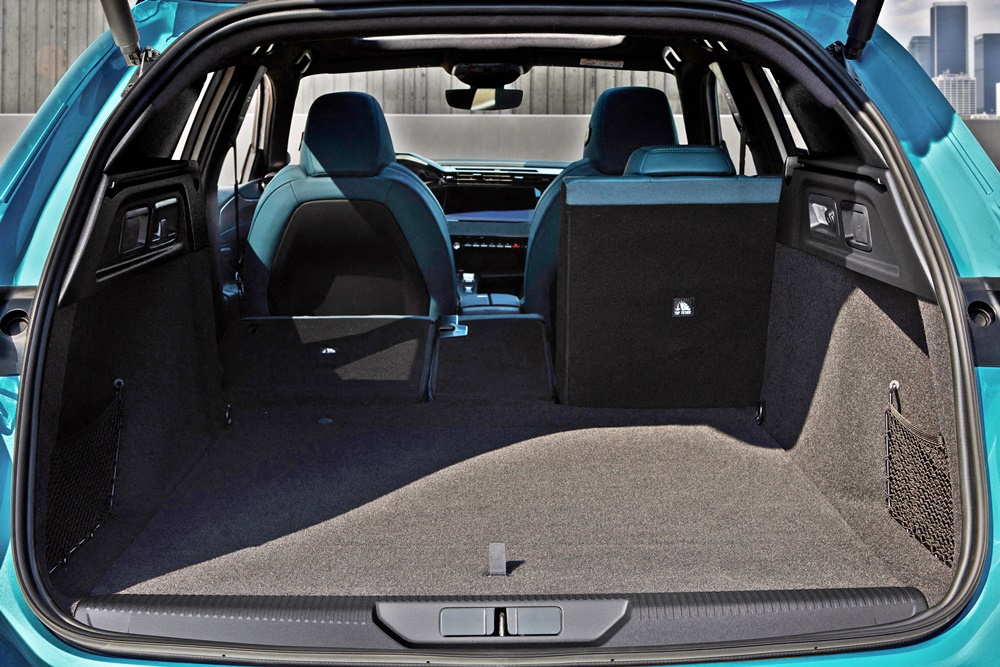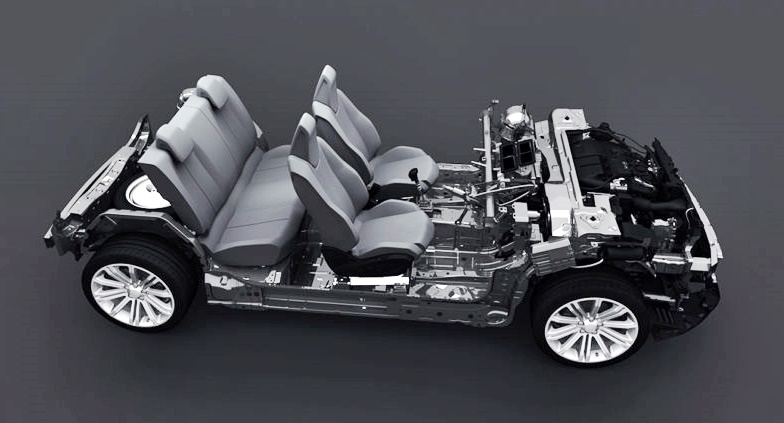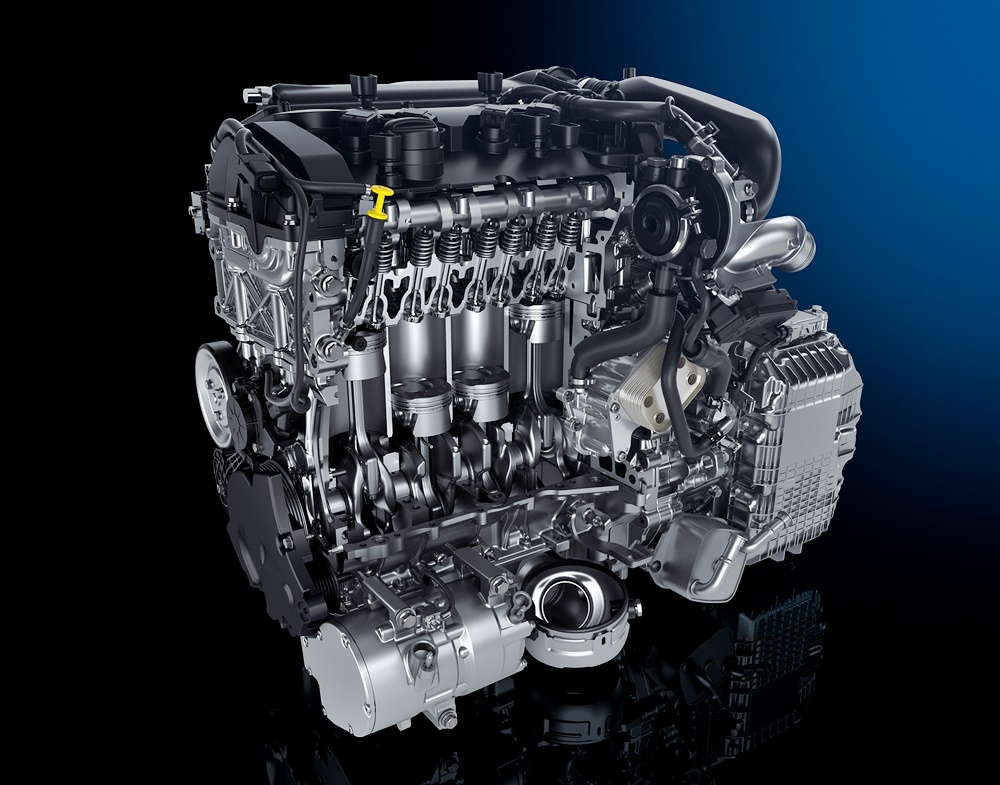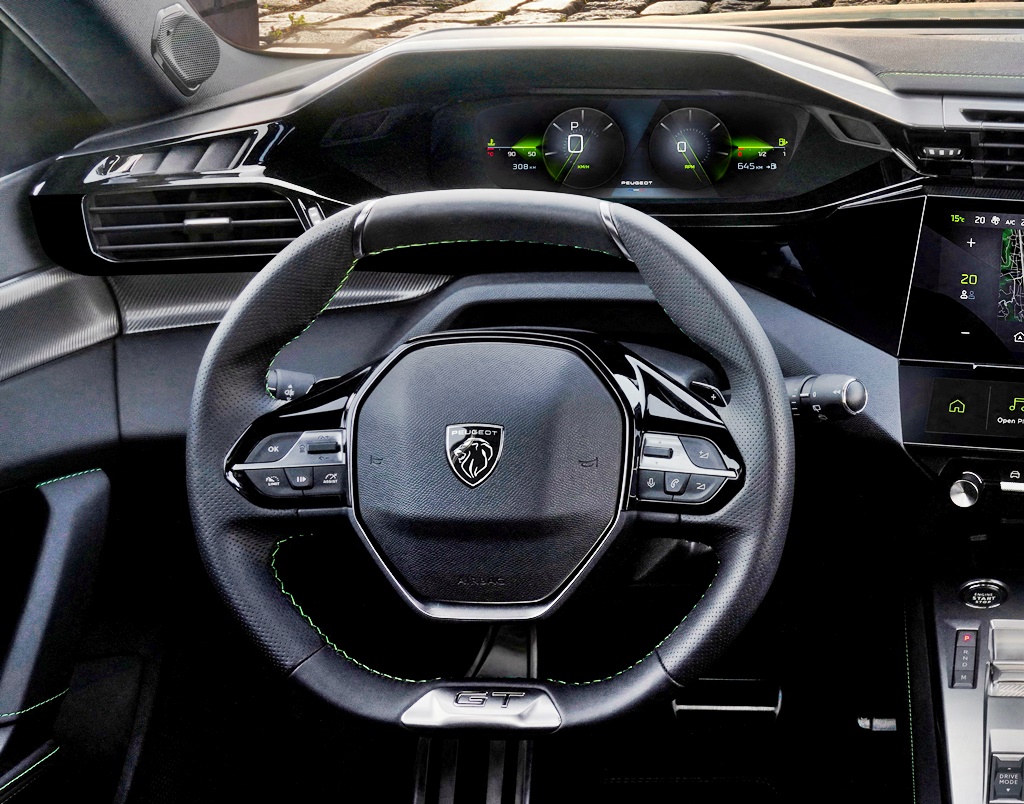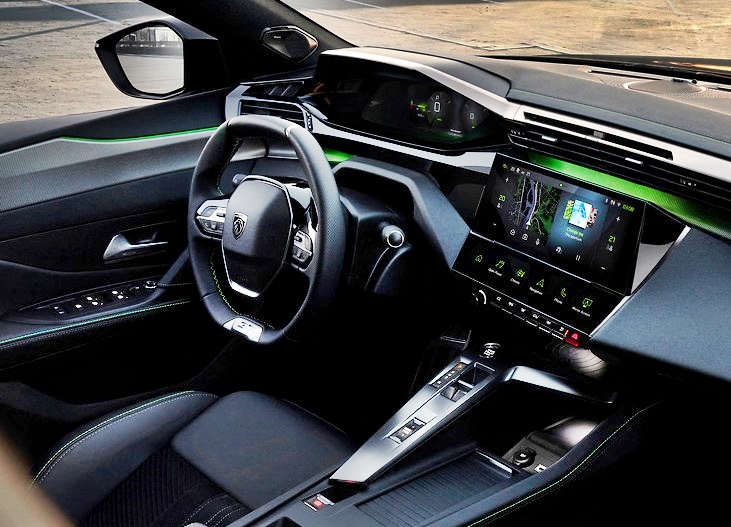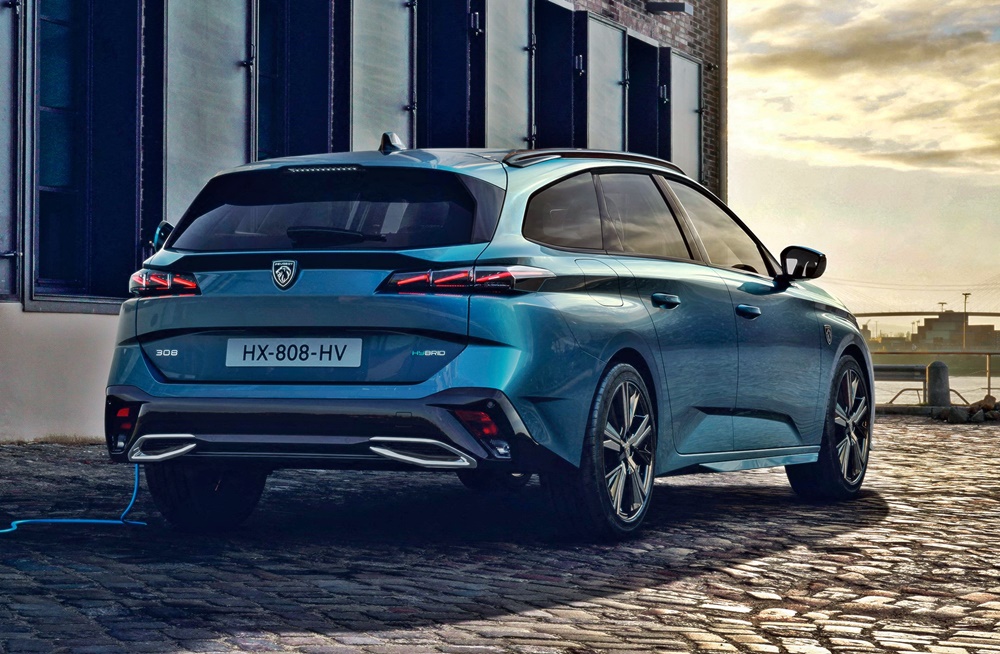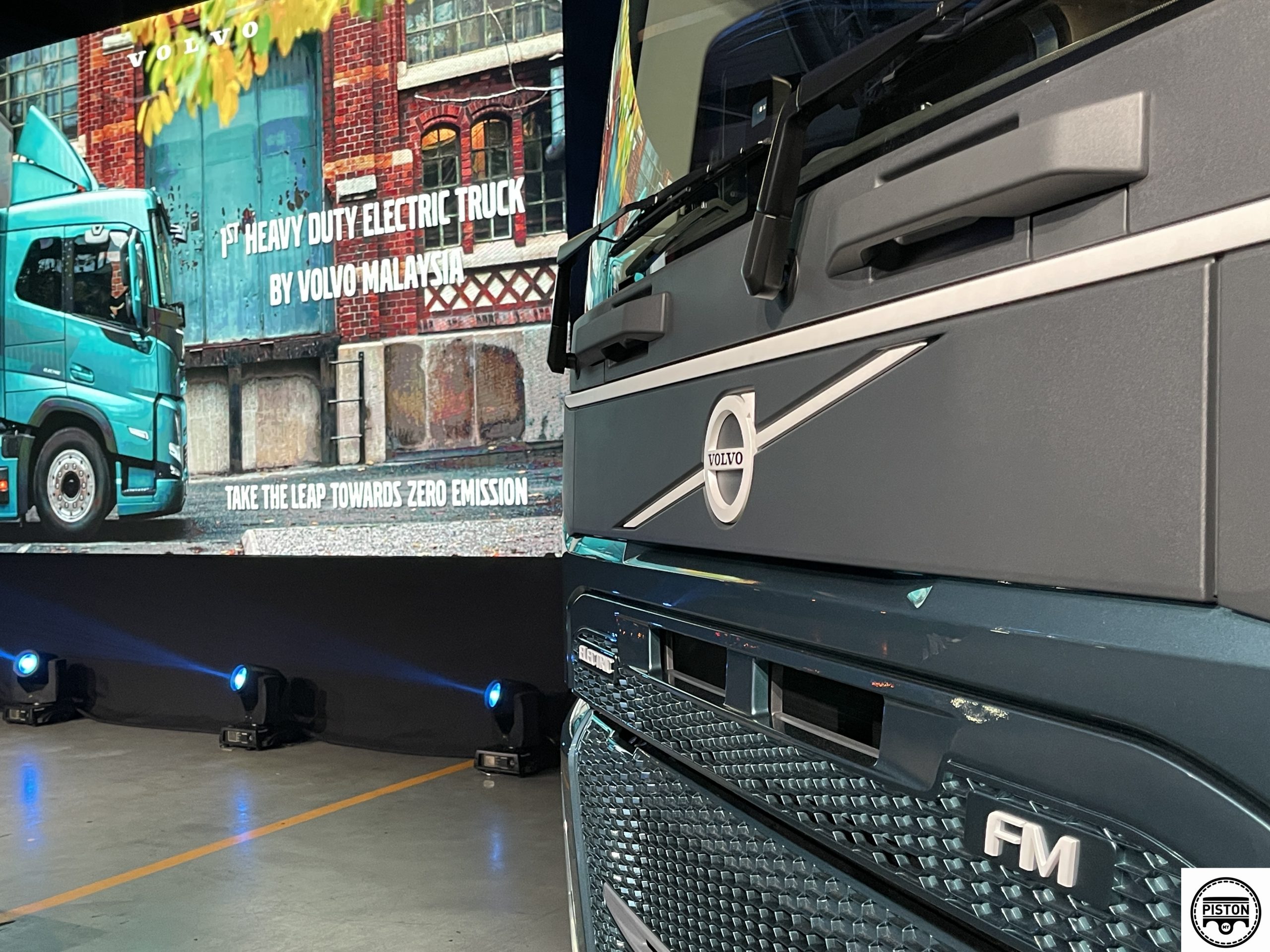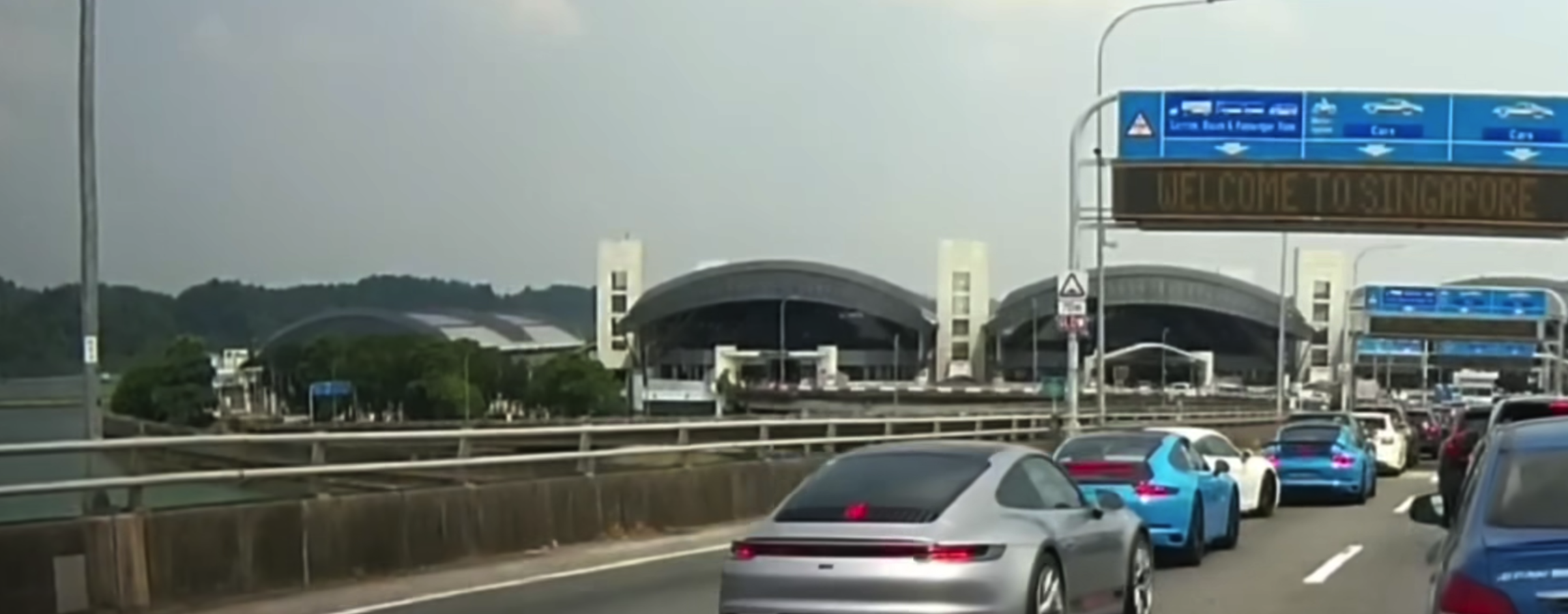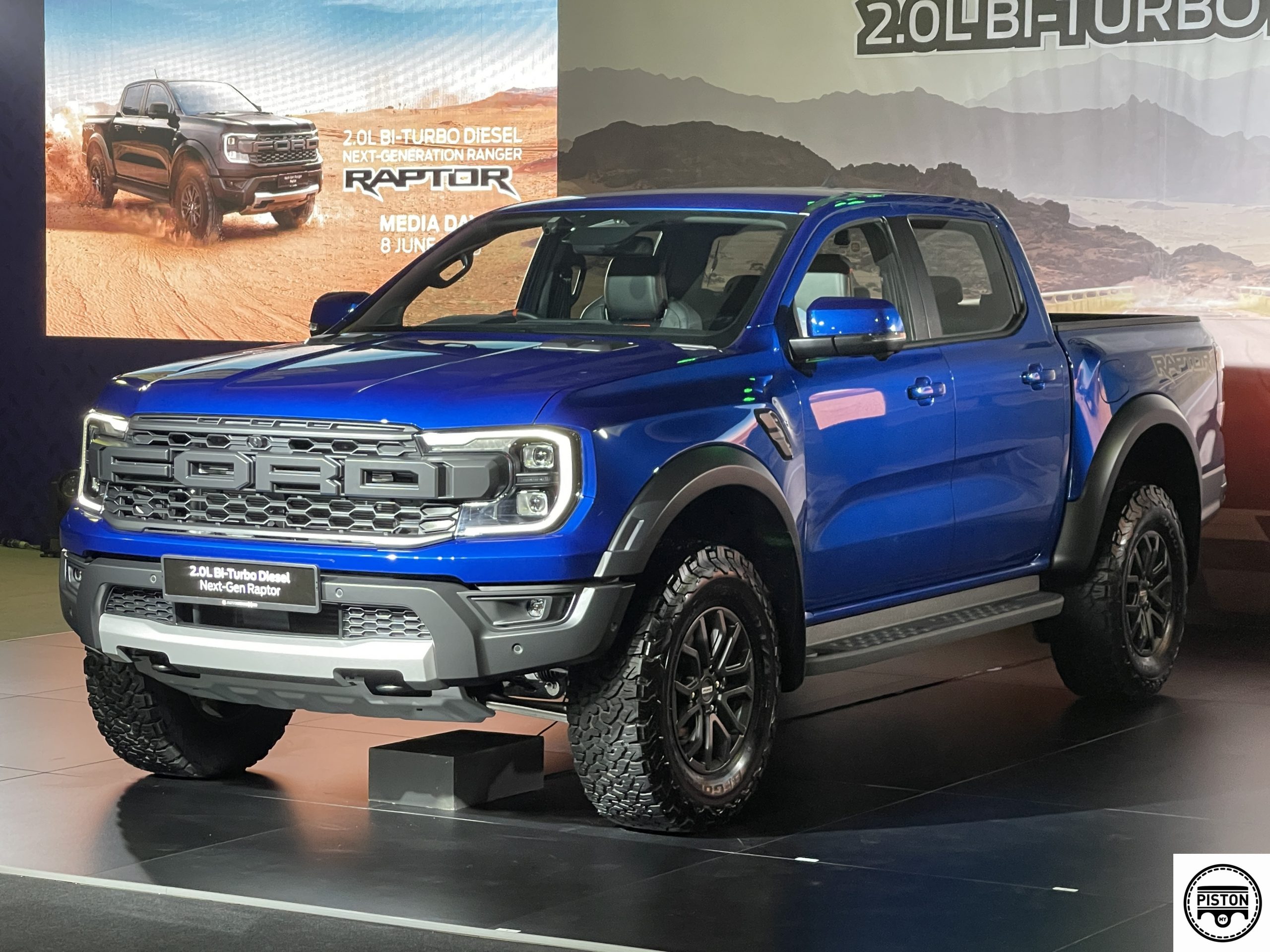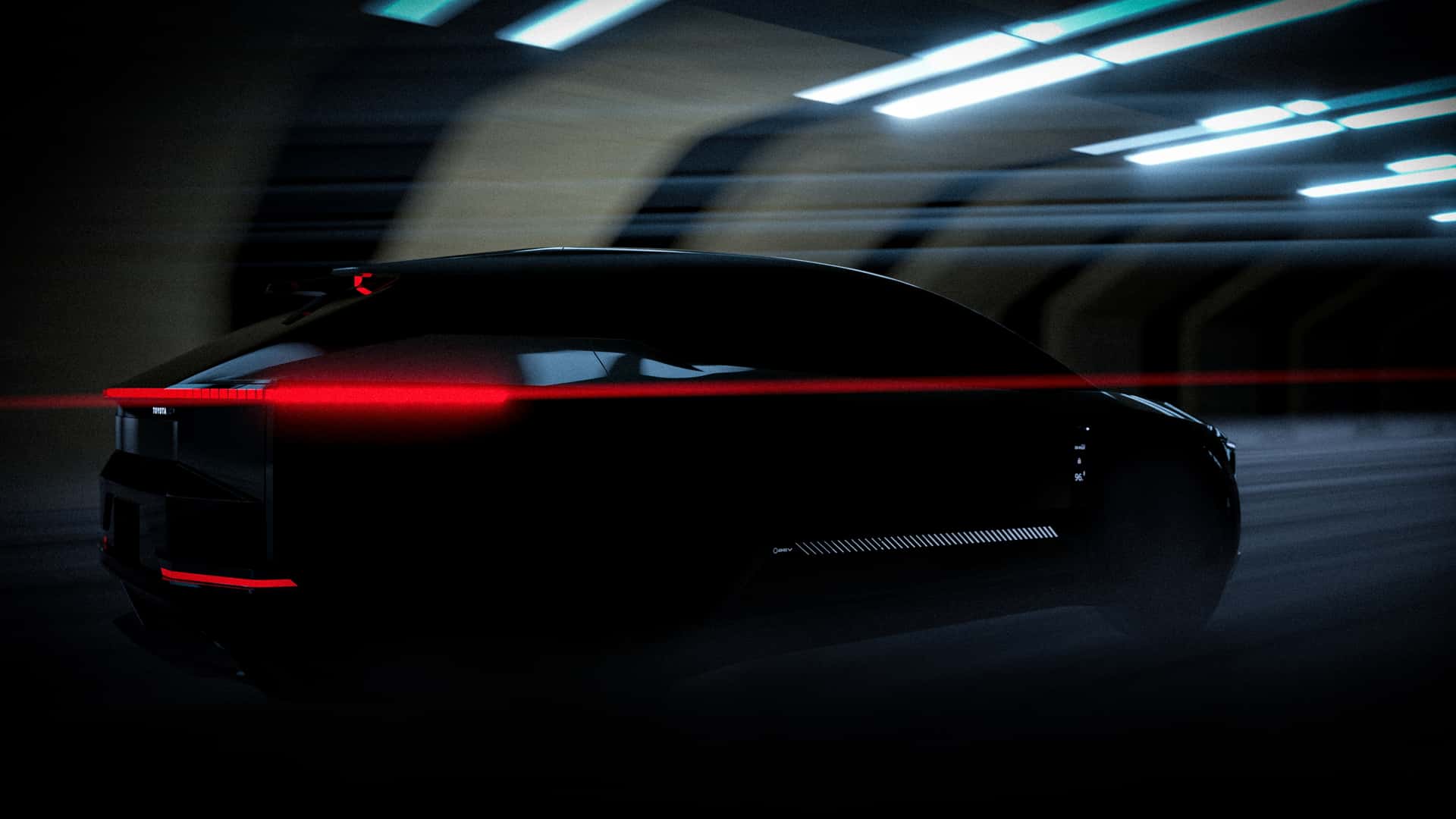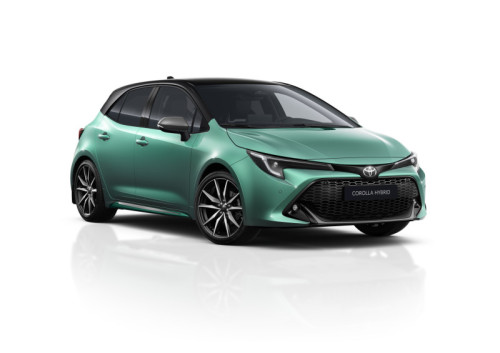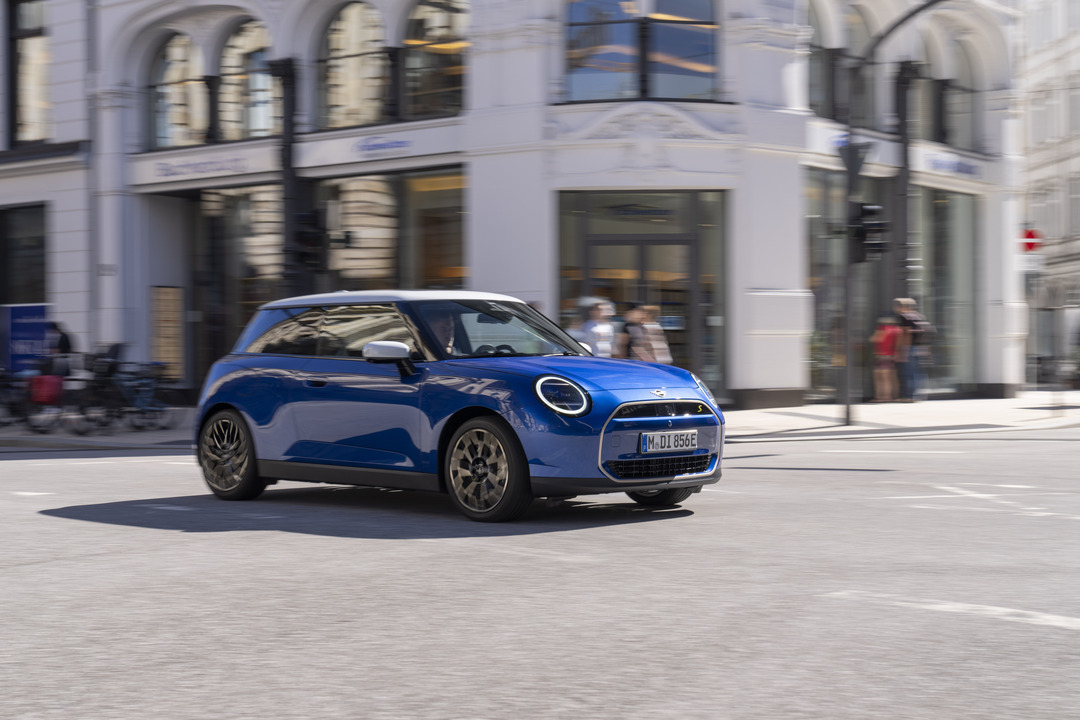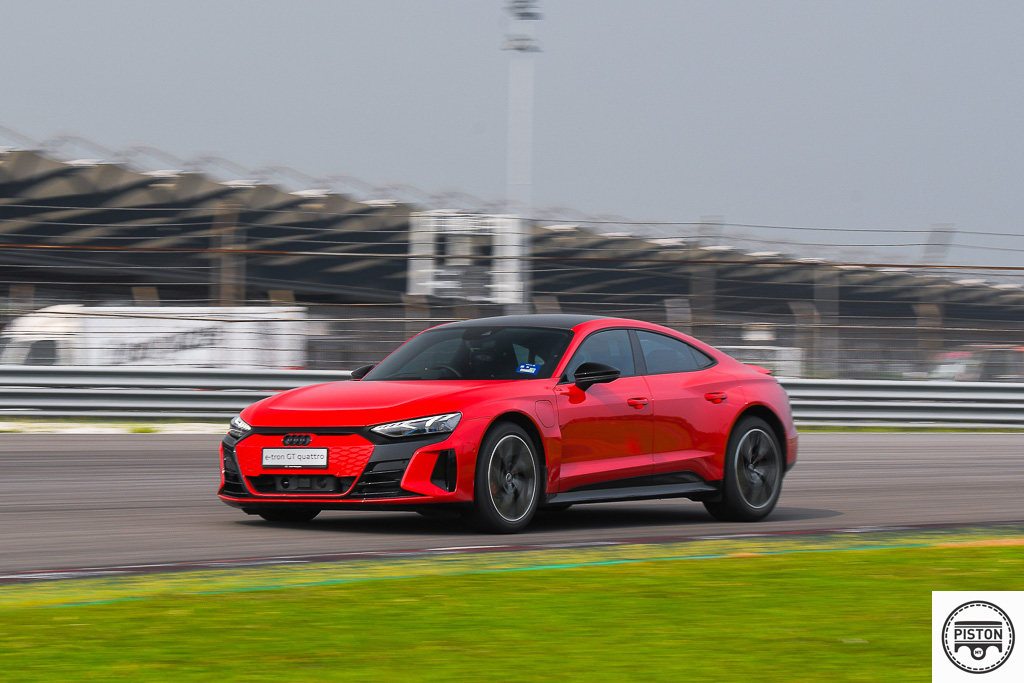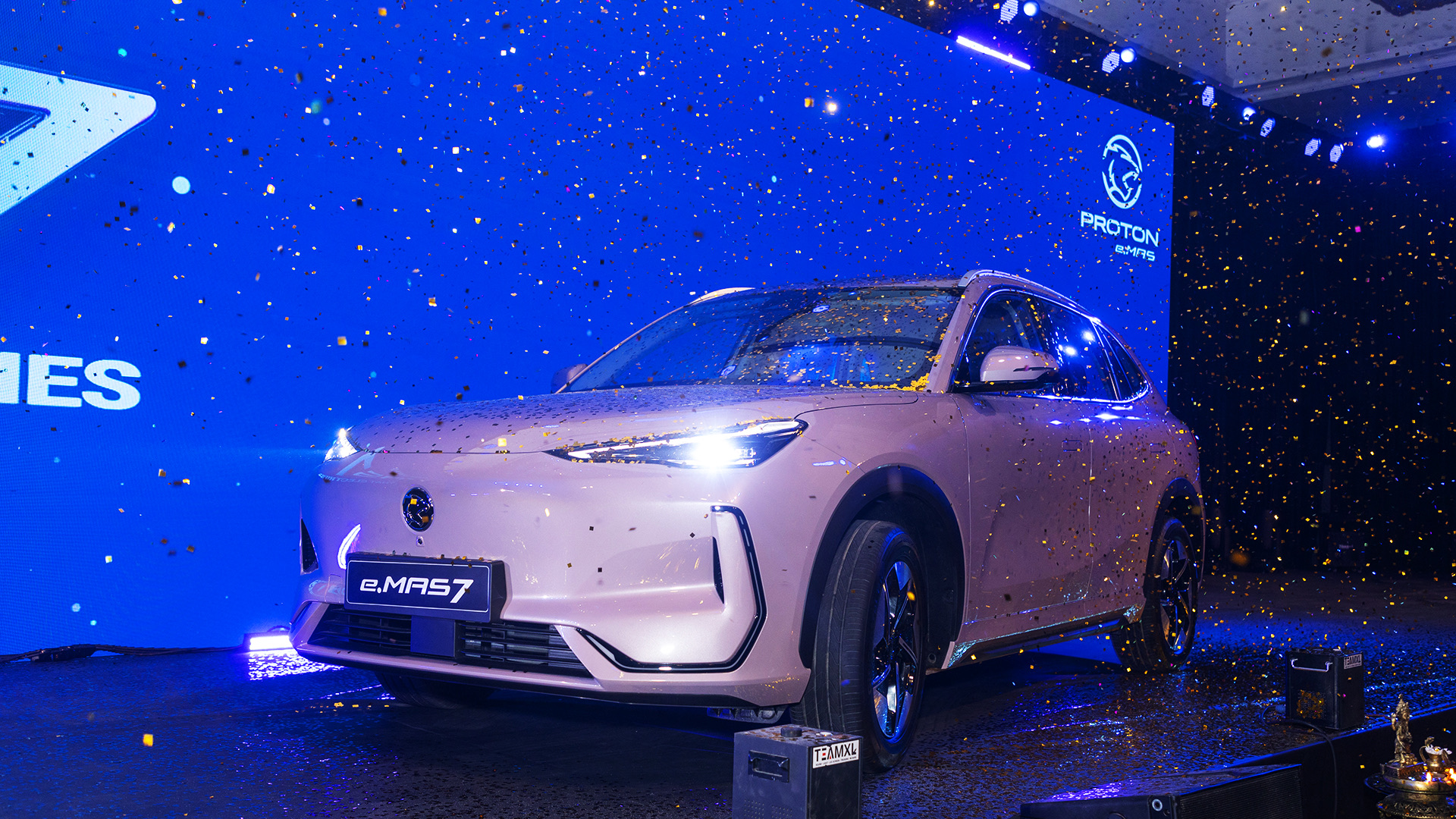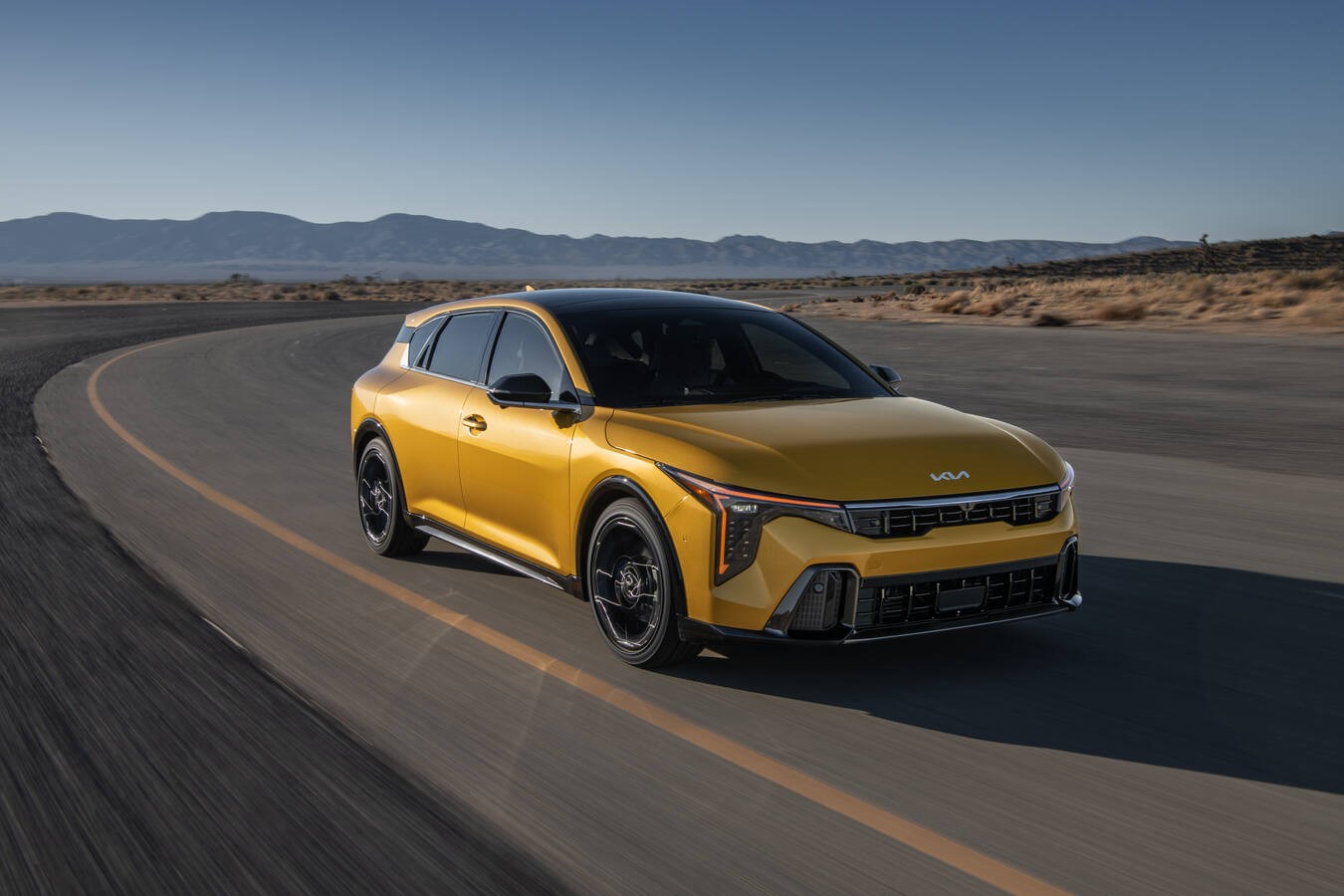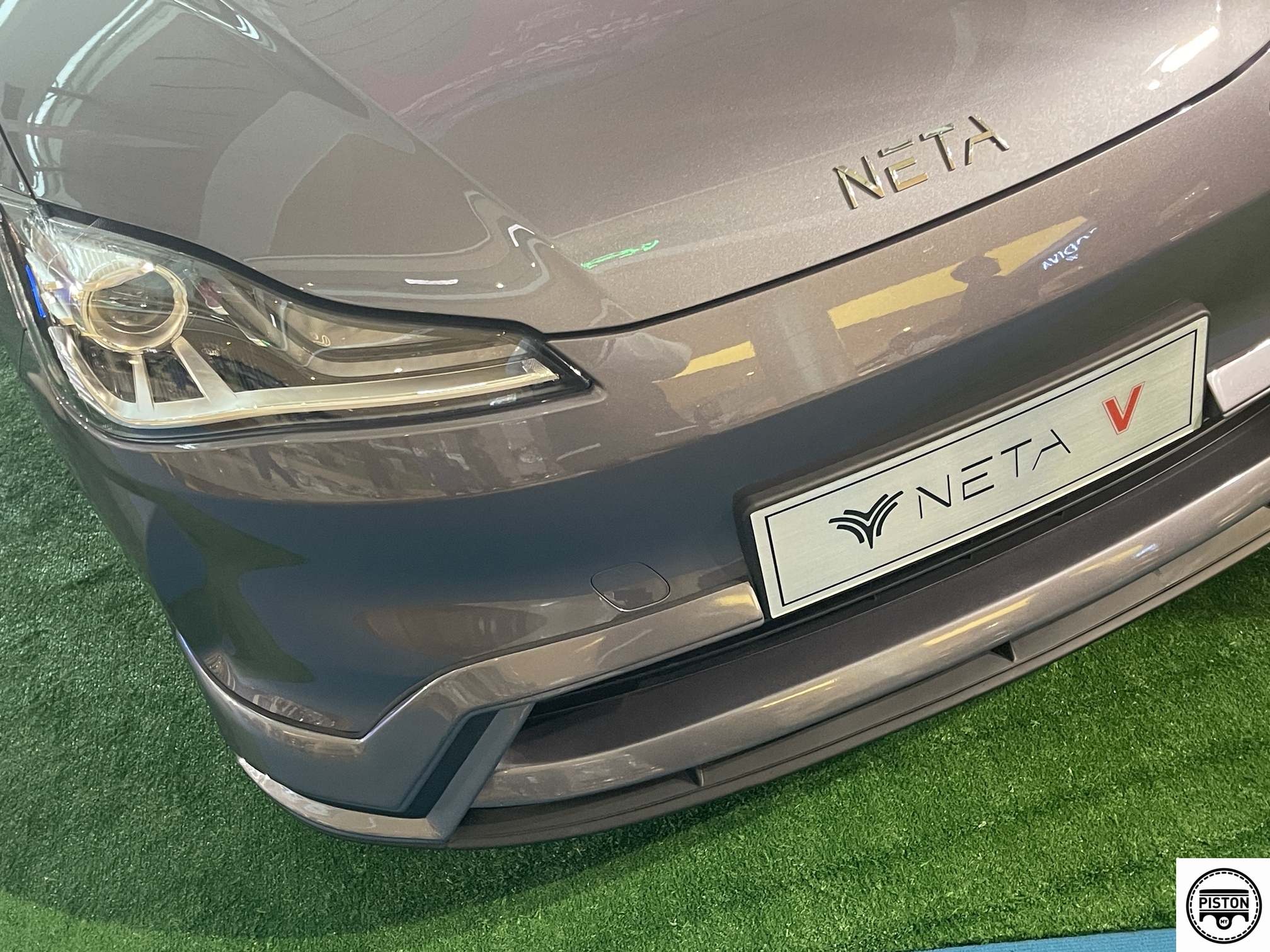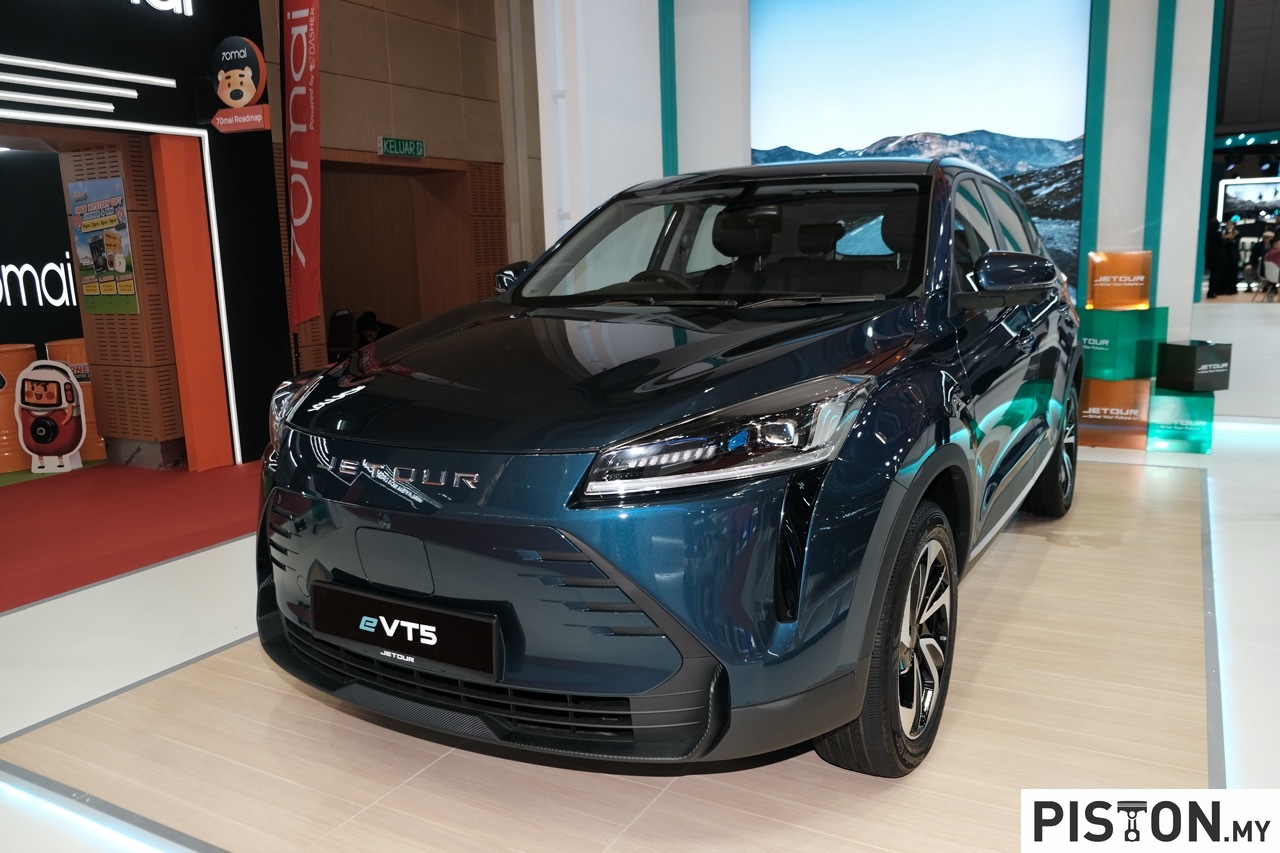During the 1970s, Japanese cars began to enter international motorsports events and their presence became increasingly noted as they won major events. One such event was the legendary East African Safari Rally, a tough dusty event that went around the Kenya countryside. As it was part of the World Rally Championship, major manufacturers took part and among them was Nissan, which used different models.
It was the iconic Datsun 240Z sportscar which won the 1971 event, driven by Edgar Herrmann with navigator Hans Schuller. To underline the superiority of the 240Z, two other cars finished in second and seventh positions. Furthermore, the victory represented the brand’s second consecutive victory in the rally. The sleek and low-slung 240Z was powered by a 2.4-litre straight-six engine, producing 210 ps.
The victorious car is on display today, having been fully restored in 2013. It is part of Nissan’s Heritage Collection which is housed in Zama, close to Nissan global headquarters in Japan.
Revealed on the first day of 2021 event
To commemorate the 50th anniversary of Nissan’s victory in the Safari Rally, the carmaker is preparing a Juke Rally Tribute Concept. These images are being released to coincide with the first day of the Safari Rally Kenya which sees the event once again being on the WRC calendar after an absence of 19 years.
The JUKE Rally Tribute Concept, as you can guess, is developed from a production Juke. It’s a very appropriate car to use with a raised stance, short front and rear overhangs strong potential off-road performance.
With enlarged wheels arches to accommodate the tailor-made off-road tyres, the vehicle’s stance is made more imposing, while the additional lights mounted on the bonnet and roof are reminiscent of the old rallycars. Back then, rallies were also run through the night so extra and powerful lighting was important. Two spare wheels are also visible at the back.
Colour themes reminiscent of 240Z rallycar
The JUKE Rally Tribute Concept’s black bonnet and black wheels are especially related to the 1971 240Z that competed in the RALLY. Those same cues also served as inspiration for the Gripz concept car which Nissan presented at Frankfurt Motor Show in 2015 which, in turn, influenced the design of the production Juke that was introduced in 2019.
A major difference under the bonnet is the type of powertrain used. While the rallycars of the 1970s had petrol engines, the Juke Rally Tribute Concept will have an electric hybrid powertrain. This is in support of Nissan’s commitment to the electrification of its range, especially in Europe.
“The Juke Rally Tribute Concept celebrates an iconic moment in Nissan’s heritage, with the participation and victory of the legendary 240Z in the East African Rally in 1971. As well as celebrating that victory, it reflects Nissan’s pioneering history in crossovers, striking design and electrified powertrains. We’re delighted to celebrate the 50th anniversary of the victory of that remarkable achievement with these striking images,” said Coralie Musy, Vice-President, Brand and Customer Experience, Nissan Automotive Europe.
The 2021 Safari Rally Kenya
The Safari Rally Kenya starts today as the sixth round of the 2021 World Rally Championship. It was to have been run last year but the pandemic forced its cancellation. Instead of the route of 6000 kms of open-road of yesteryear, the event will have 18 stages and a total of 320.19 competitive kilometres. But what remains unchanged is the dusty conditions (which could also be wet and muddy), rough terrain and high temperatures – and they will also see wildlife like the drivers in the 1970s. None of the WRC’s frontline drivers have experienced the Safari, which means ‘adventure’ in the Swahili language.
Safari Rally Kenya to run next week after an absence of 19 years from WRC (w/VIDEO)



